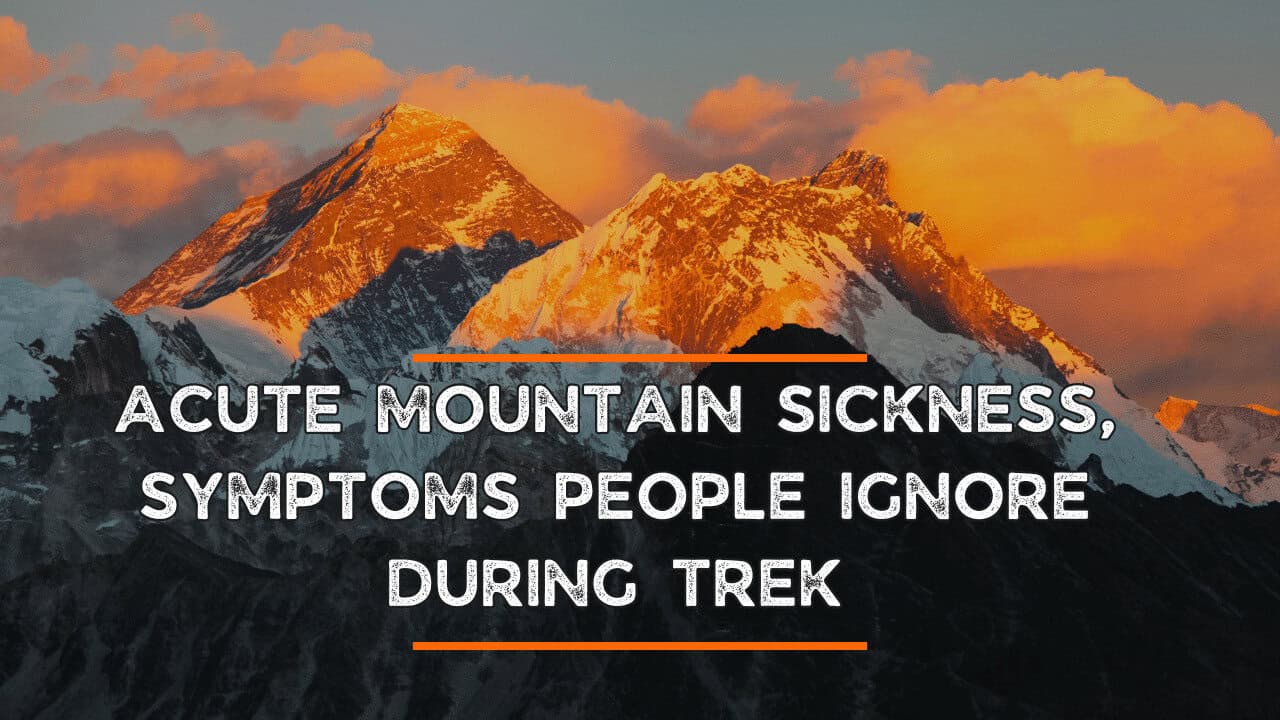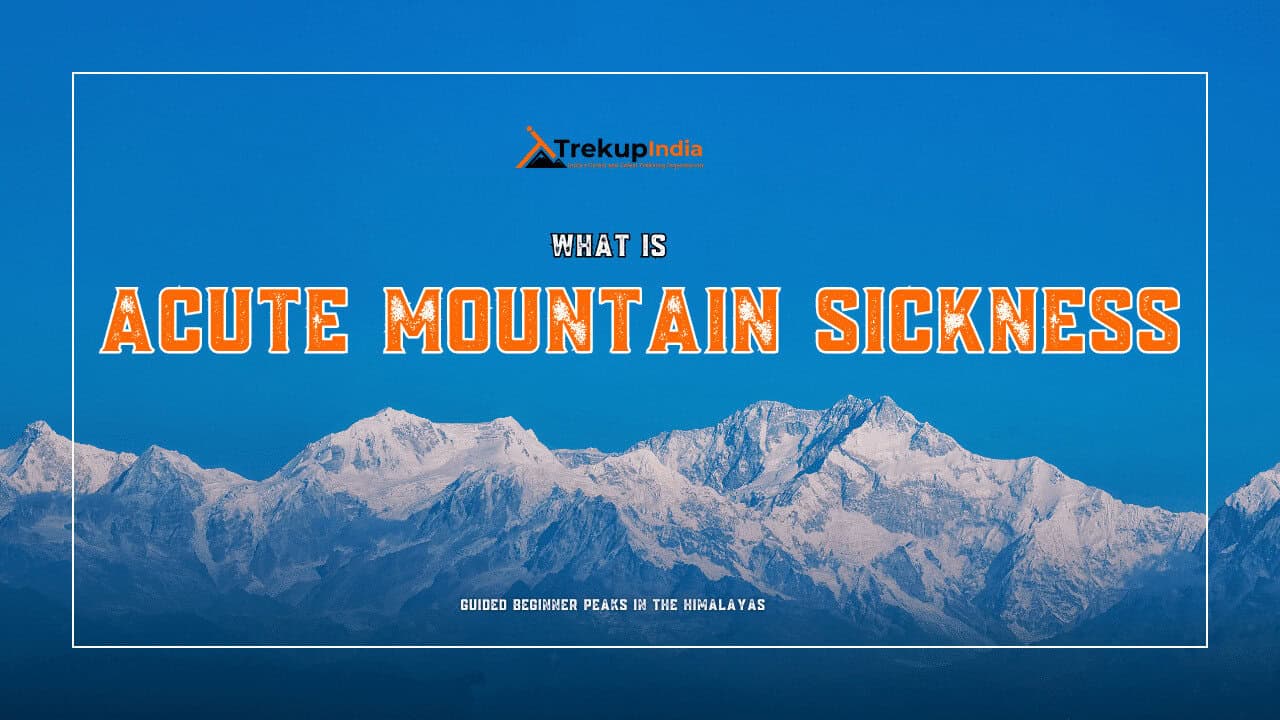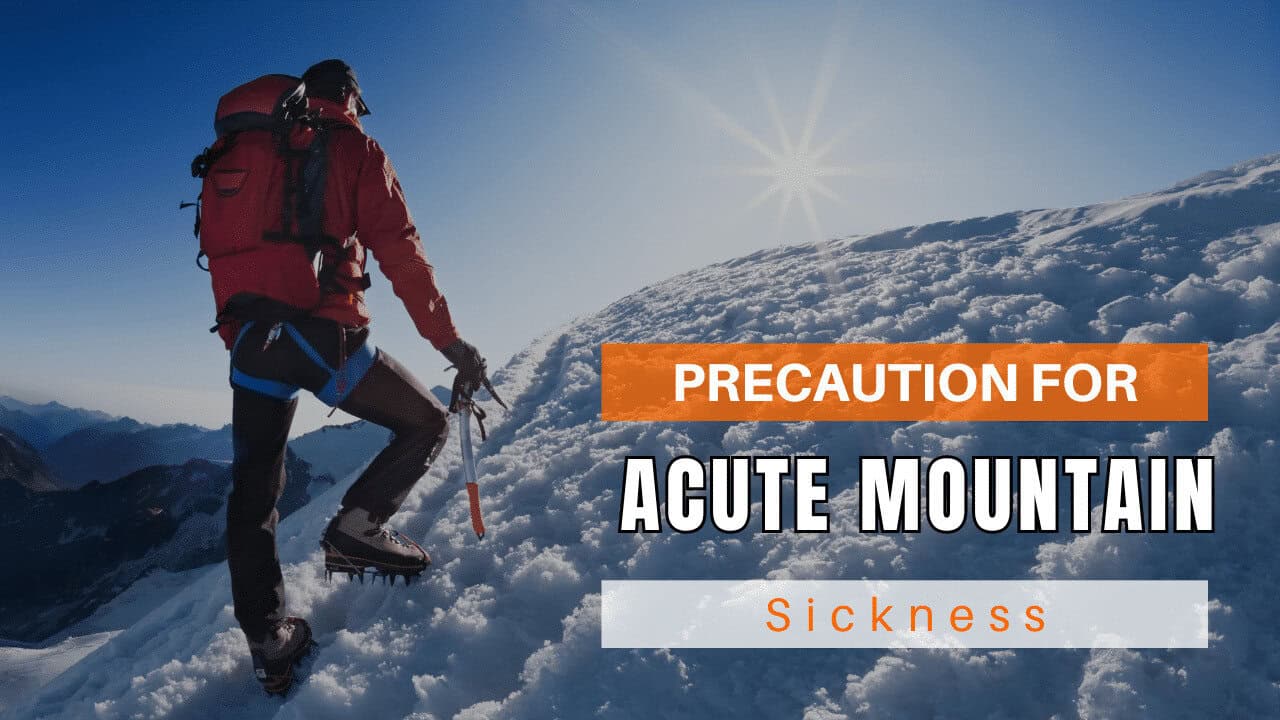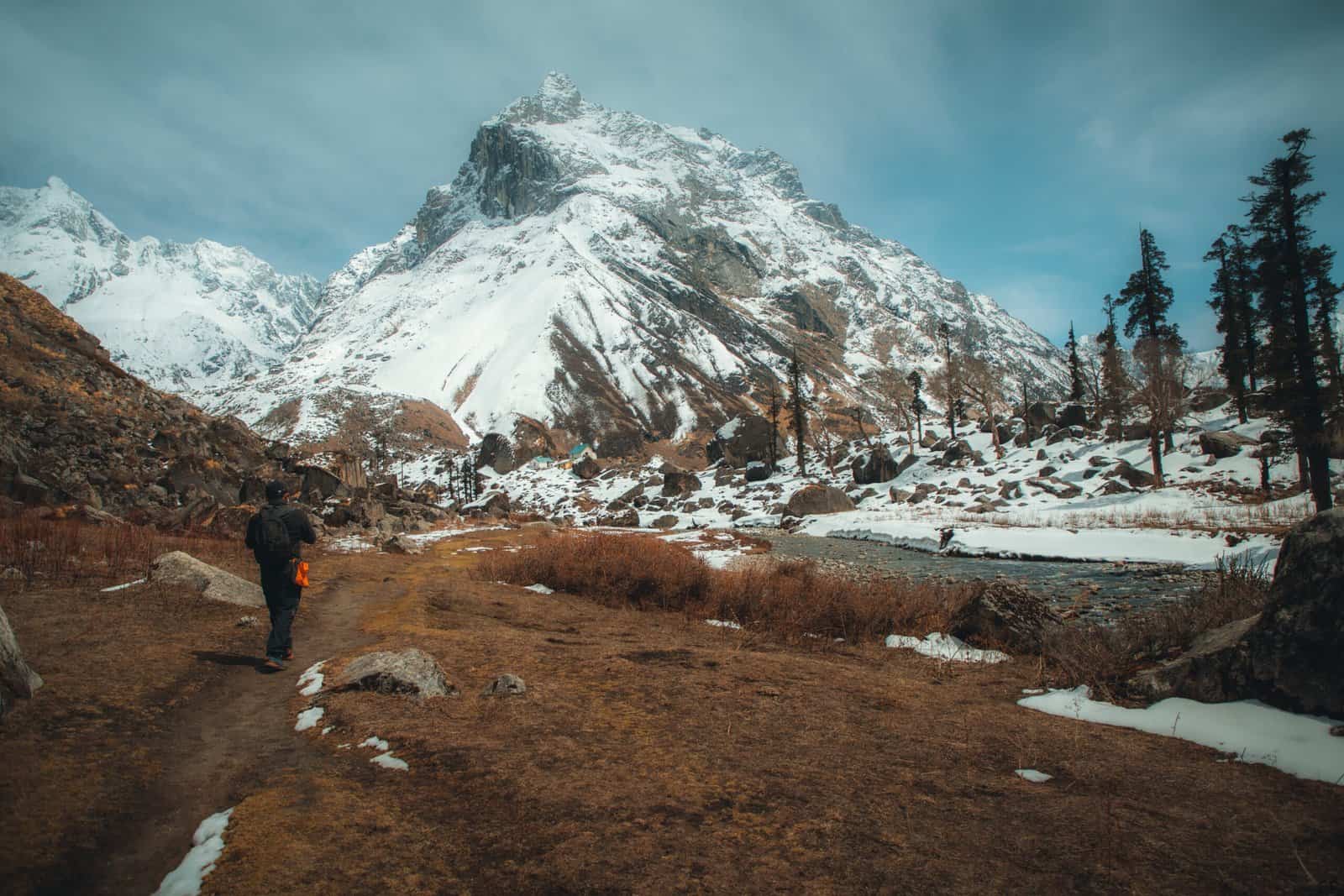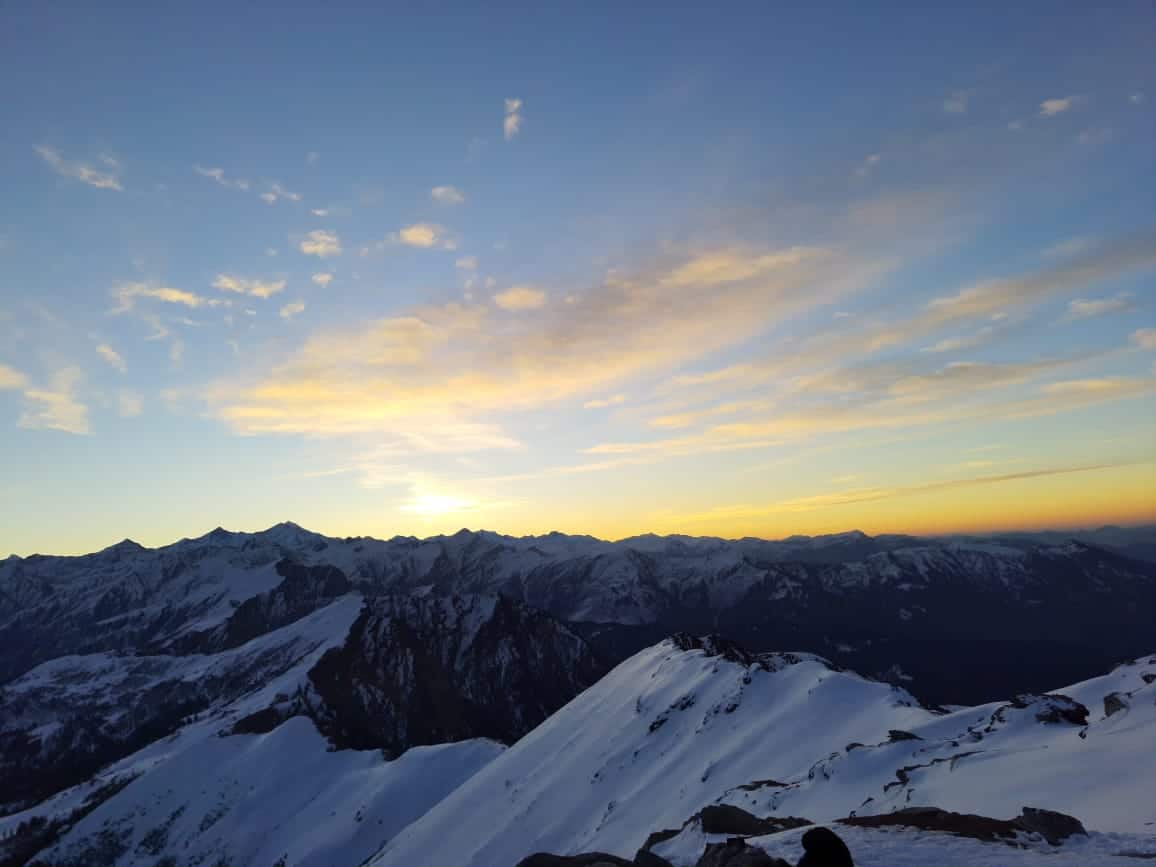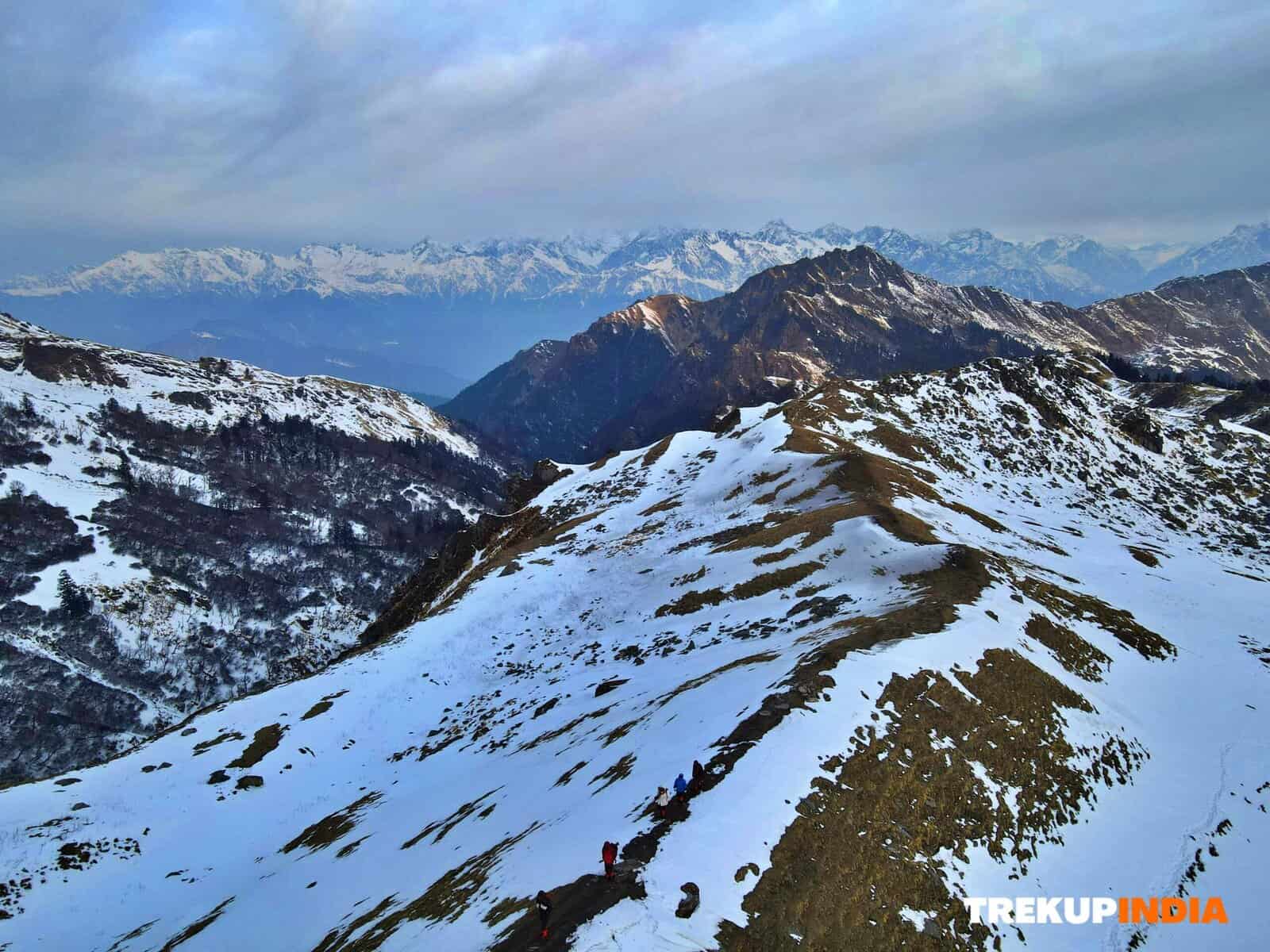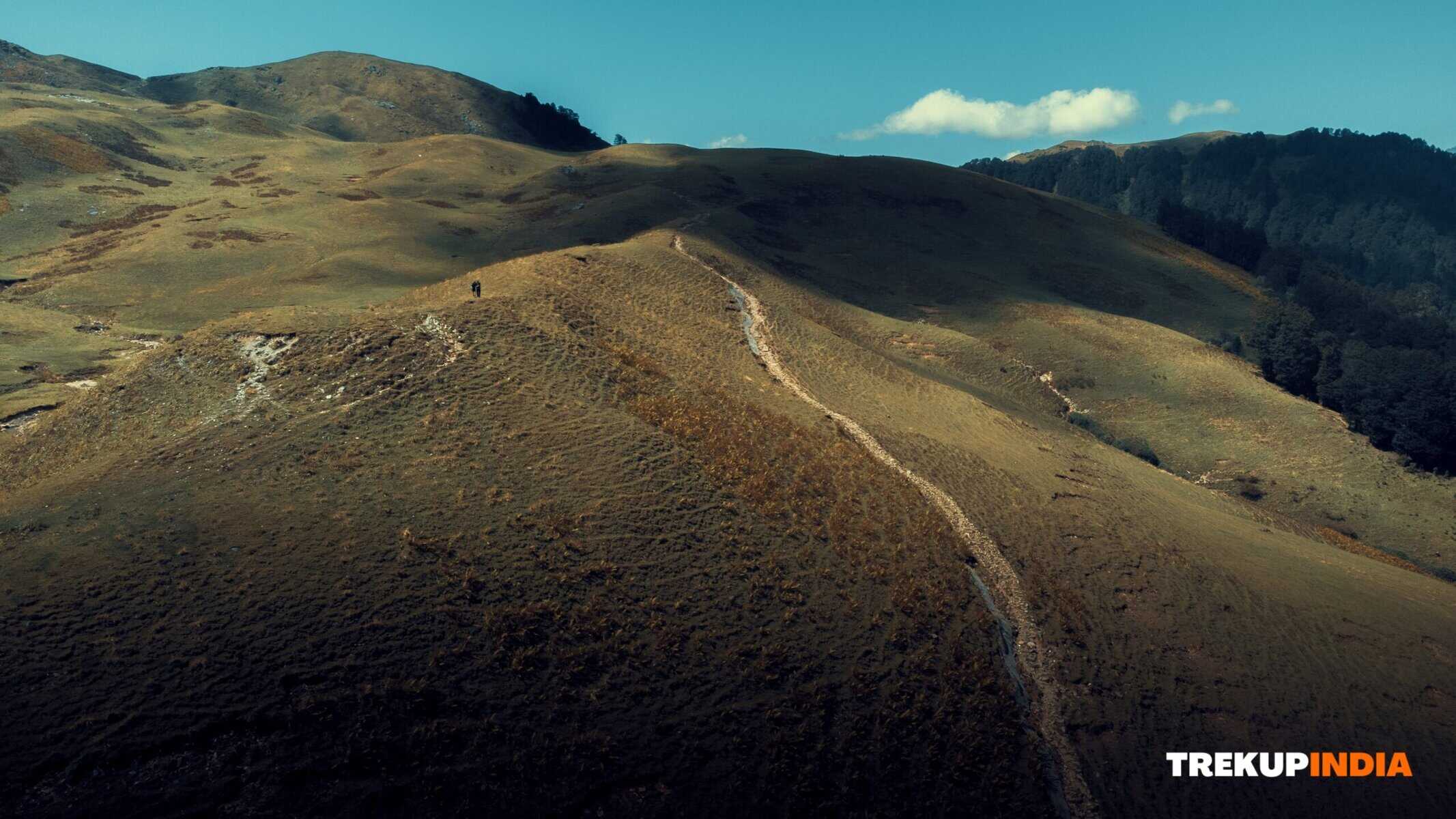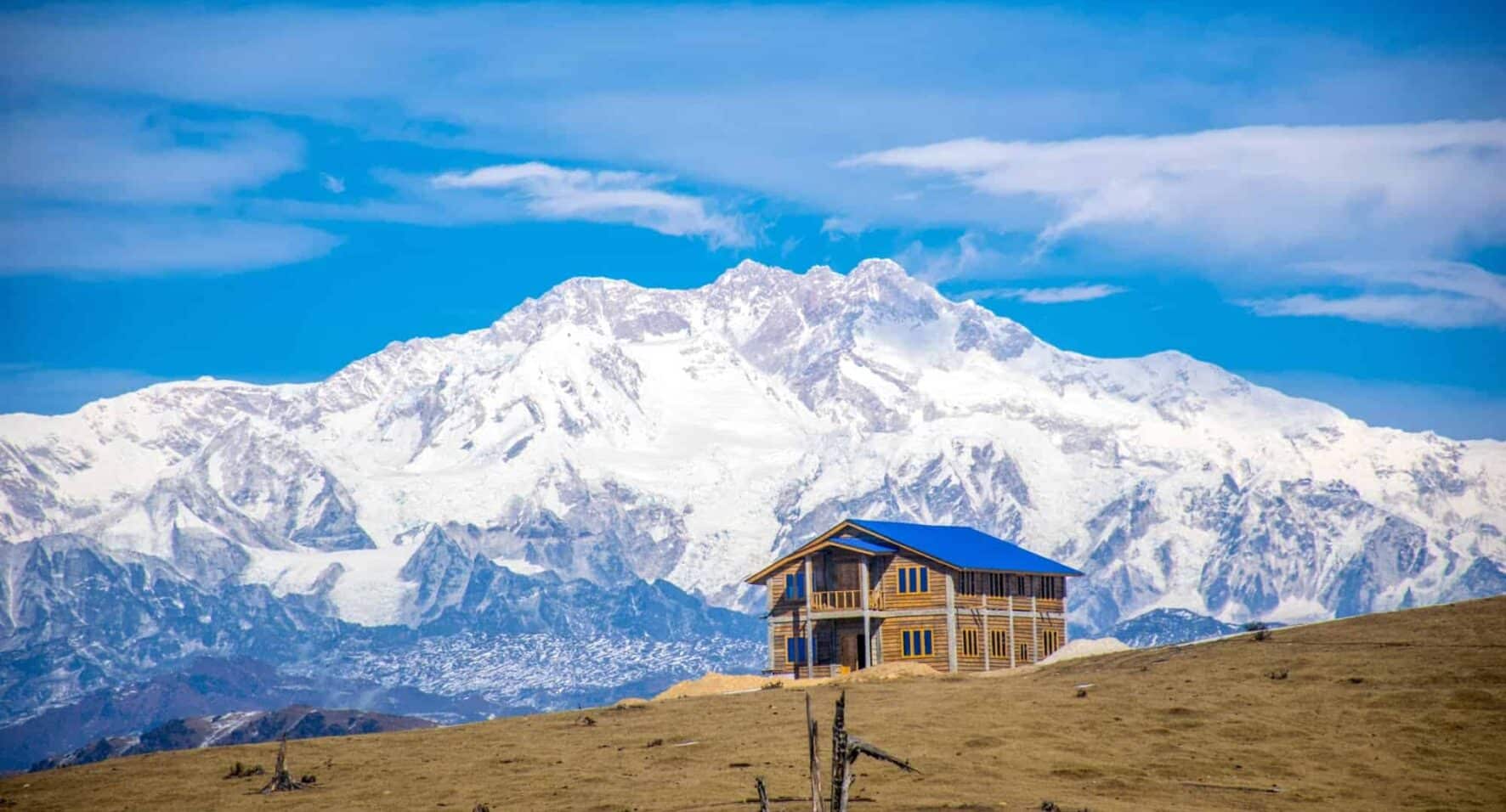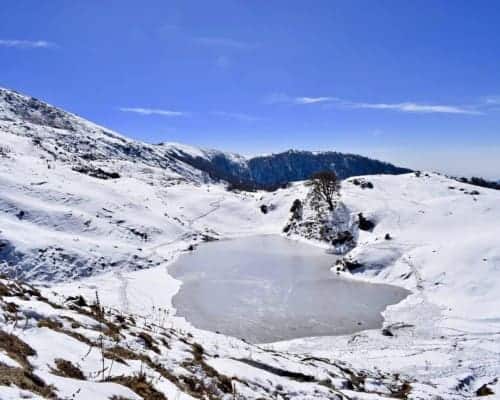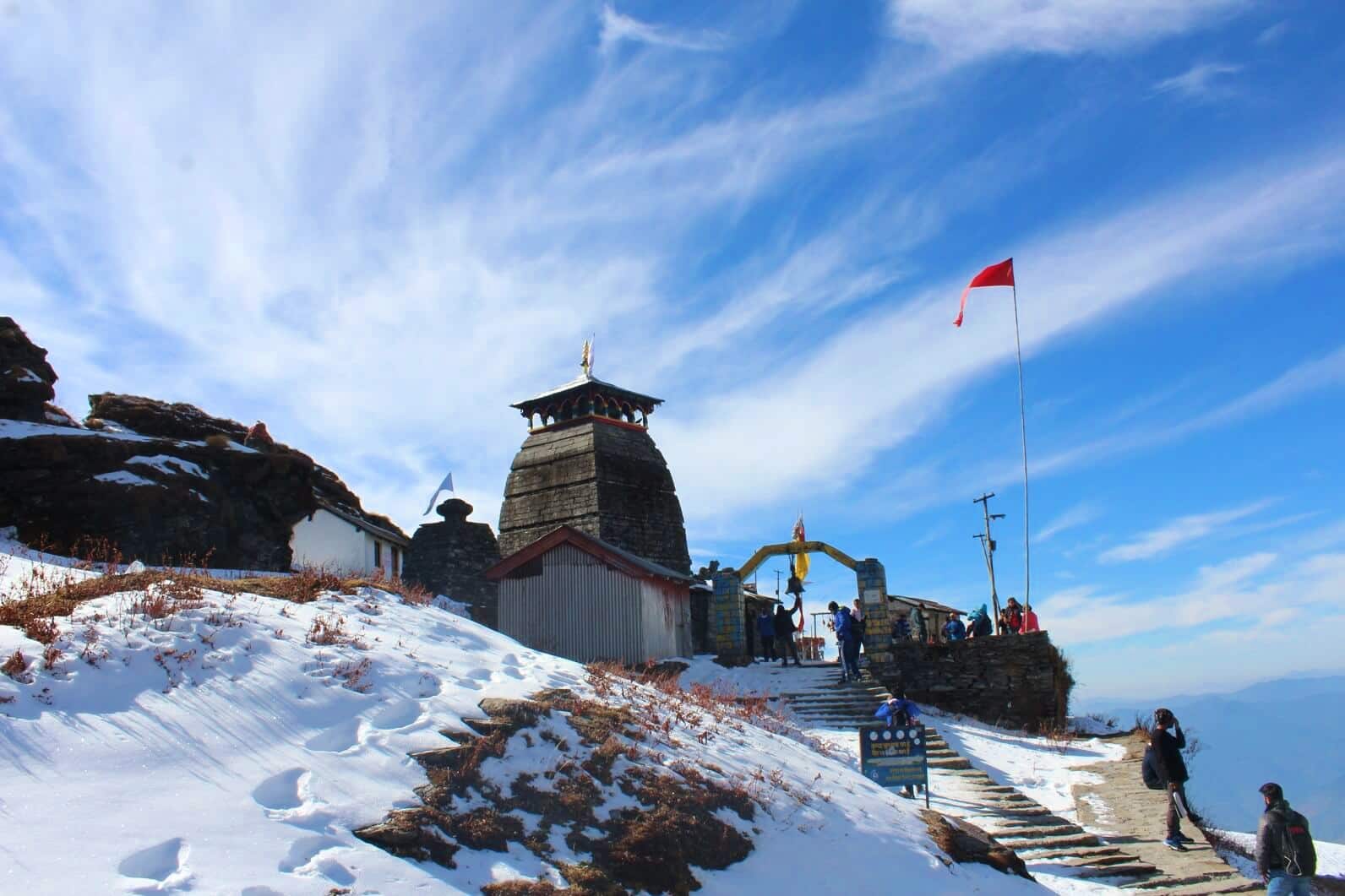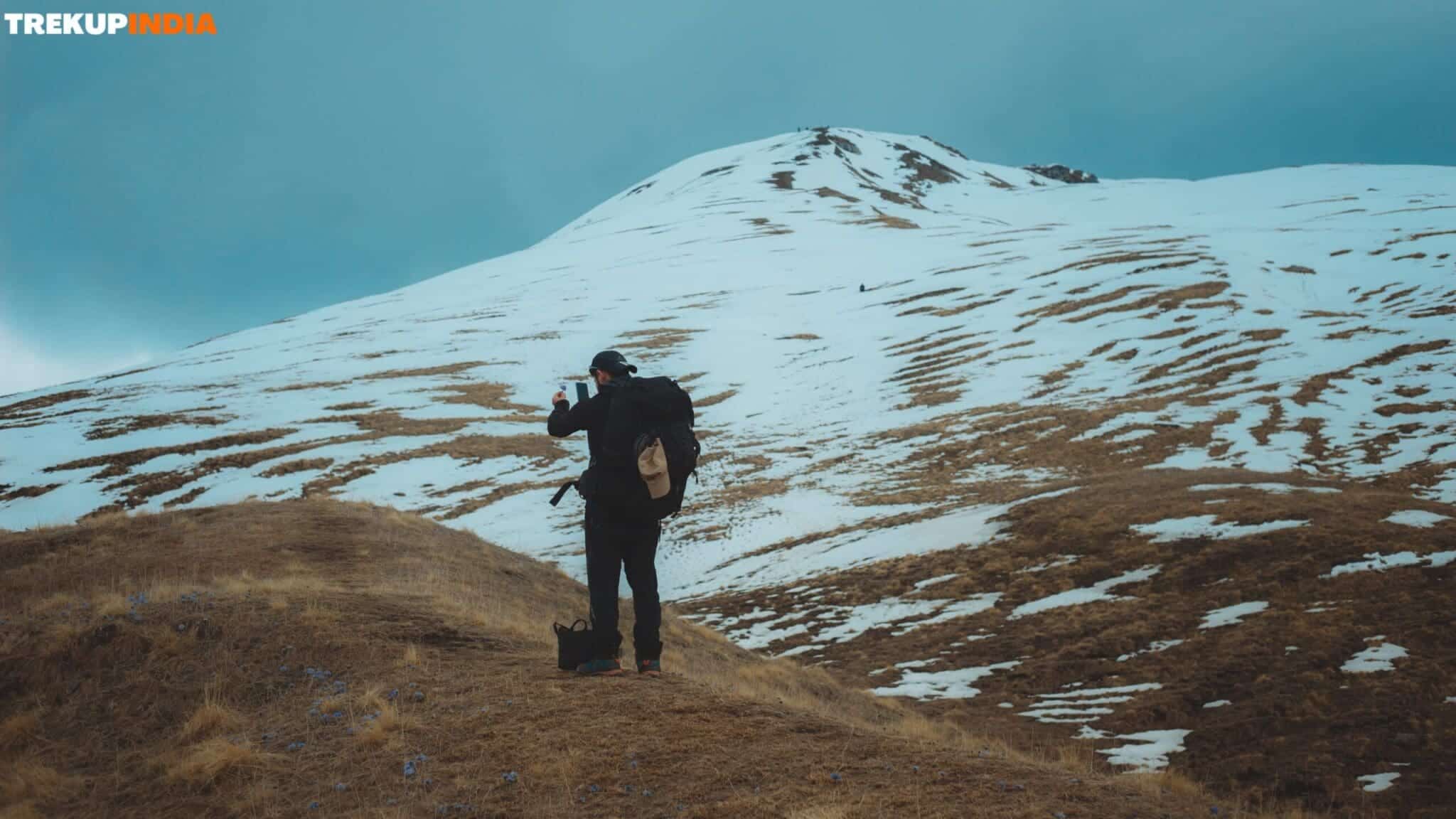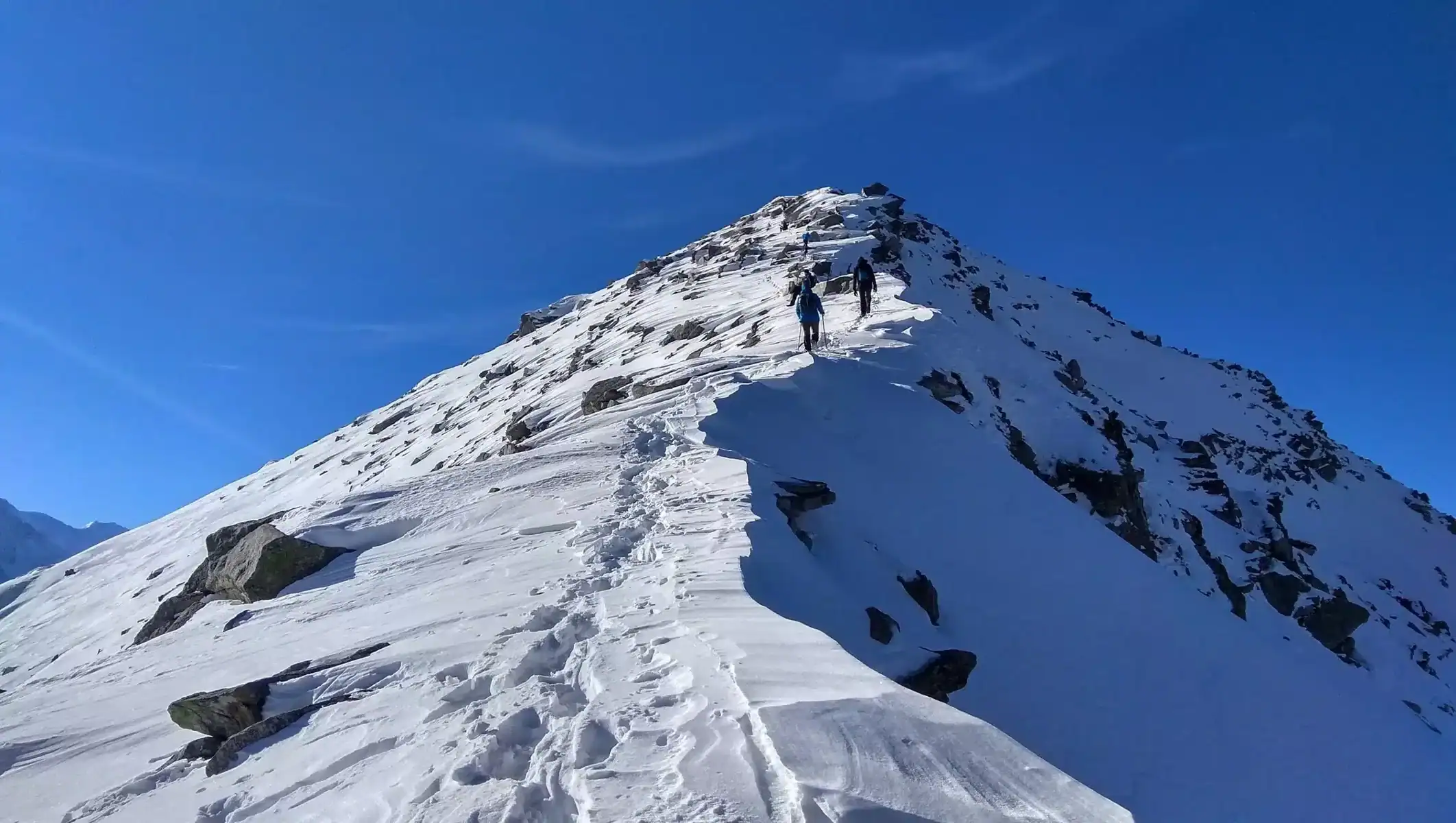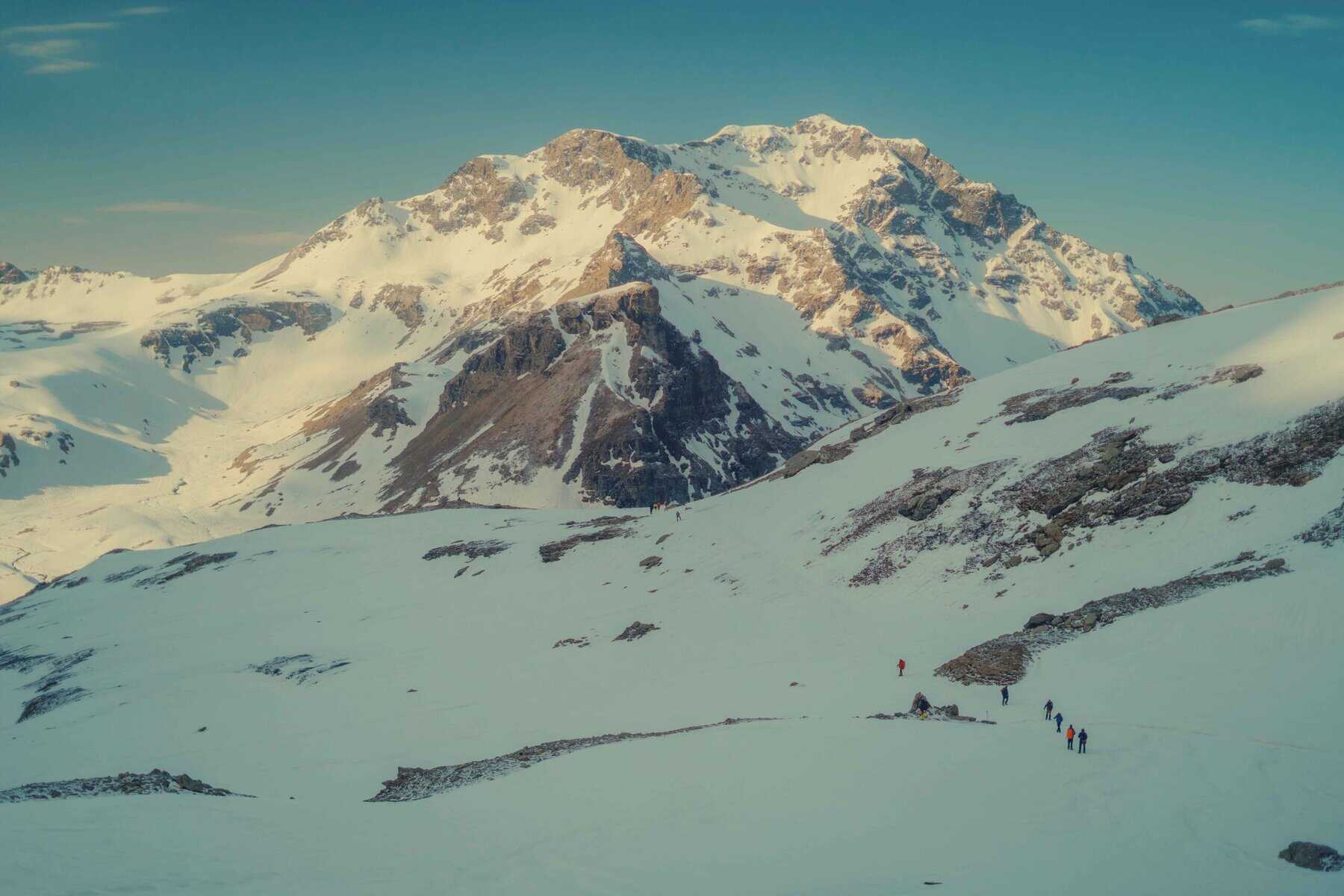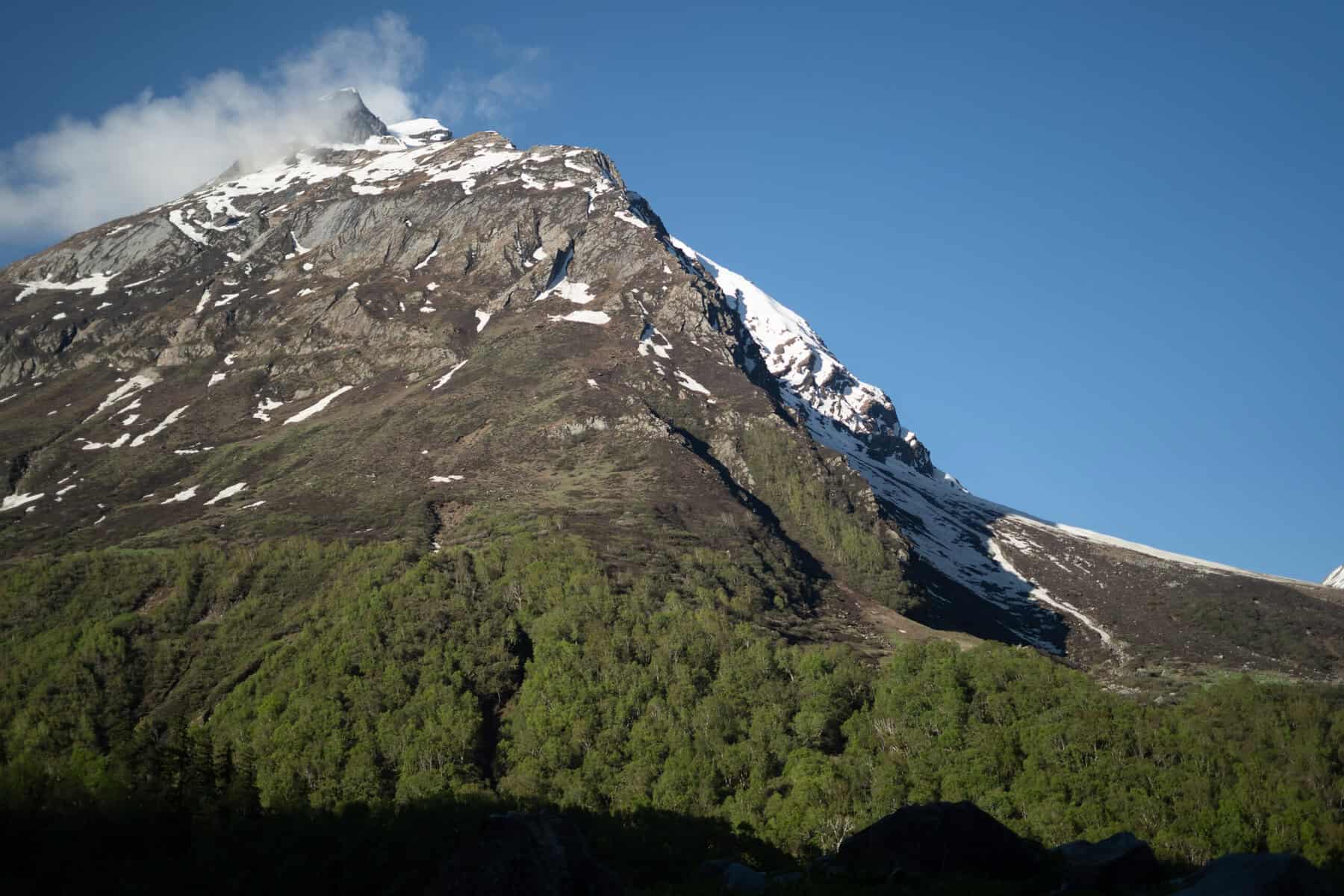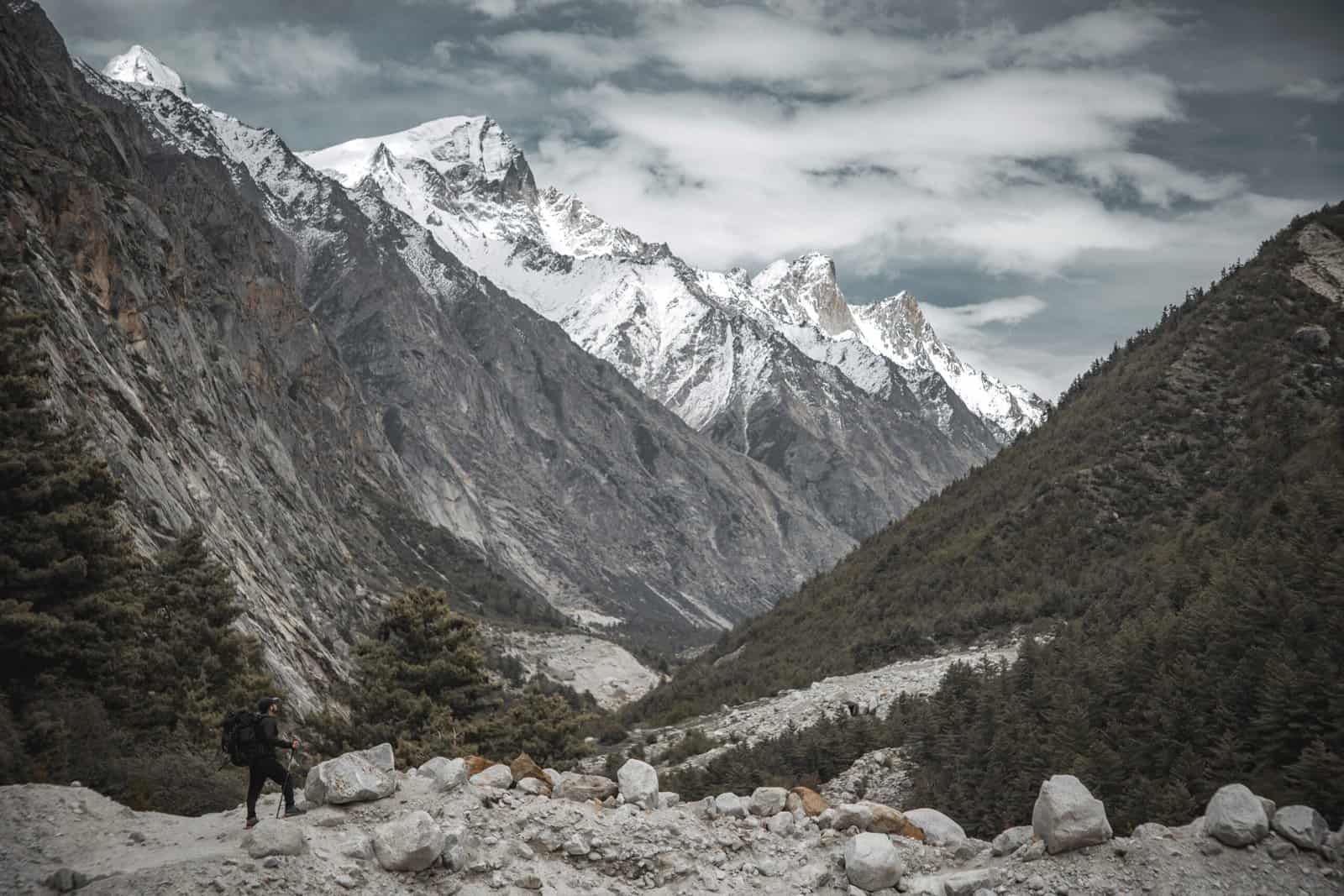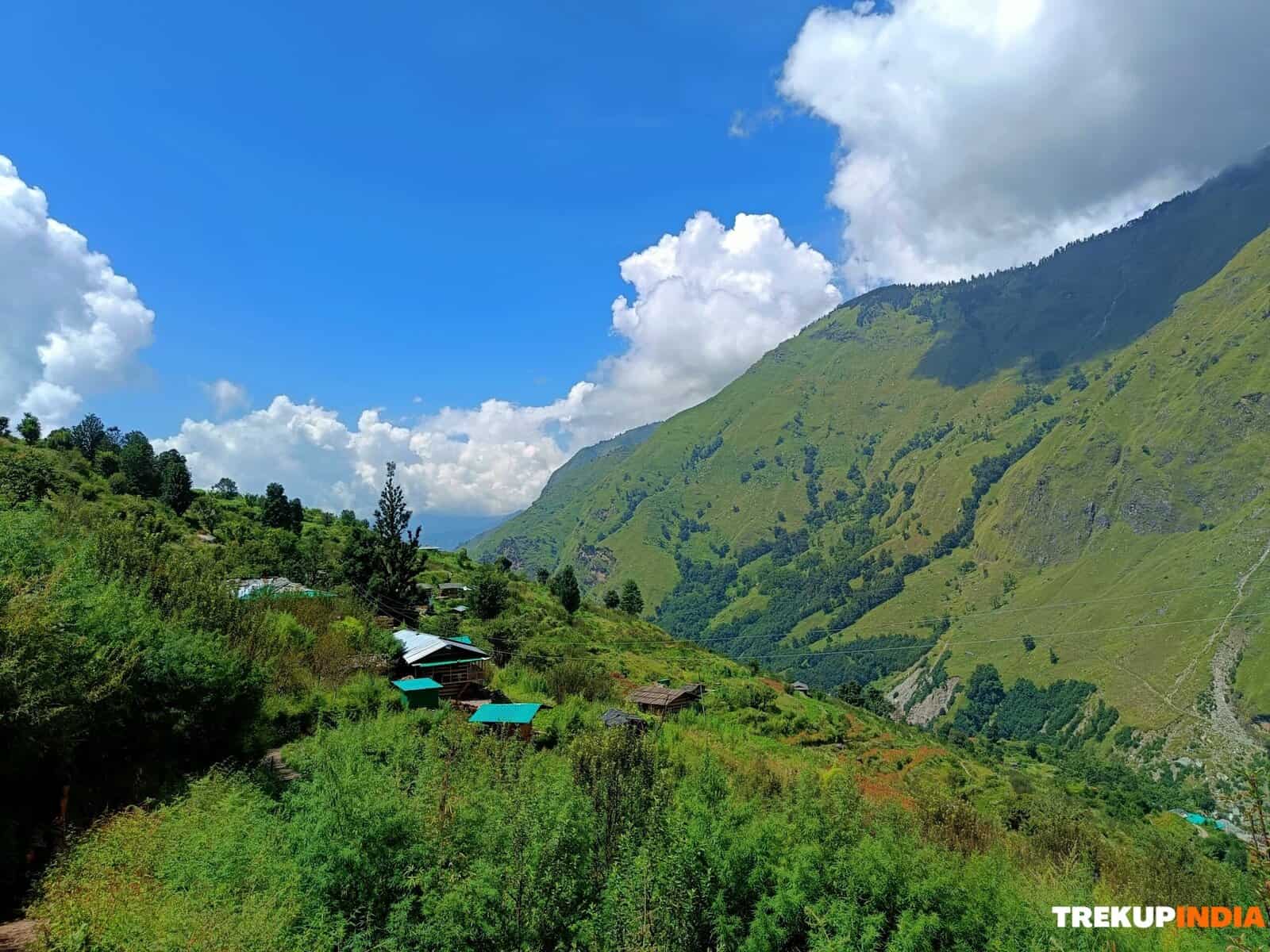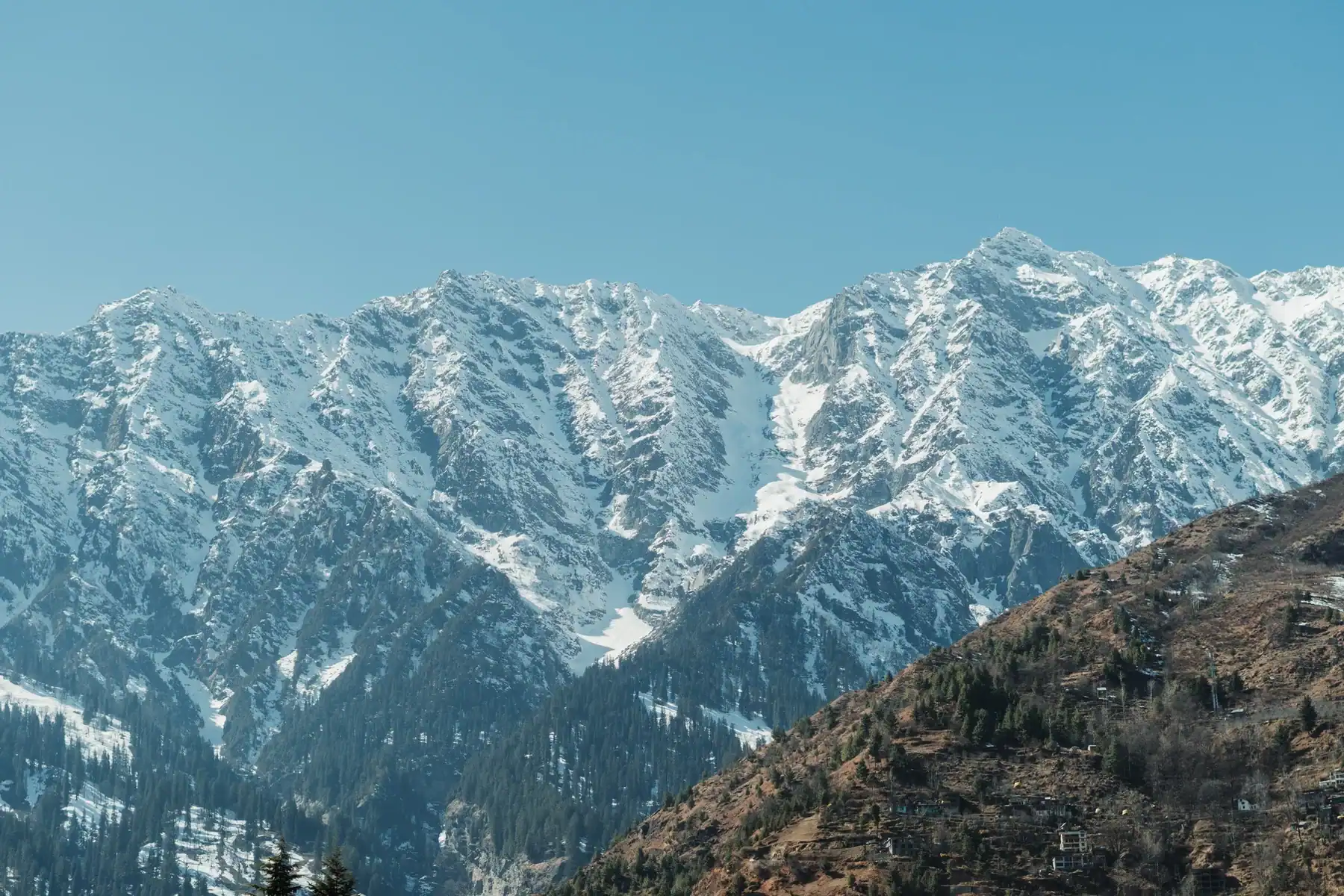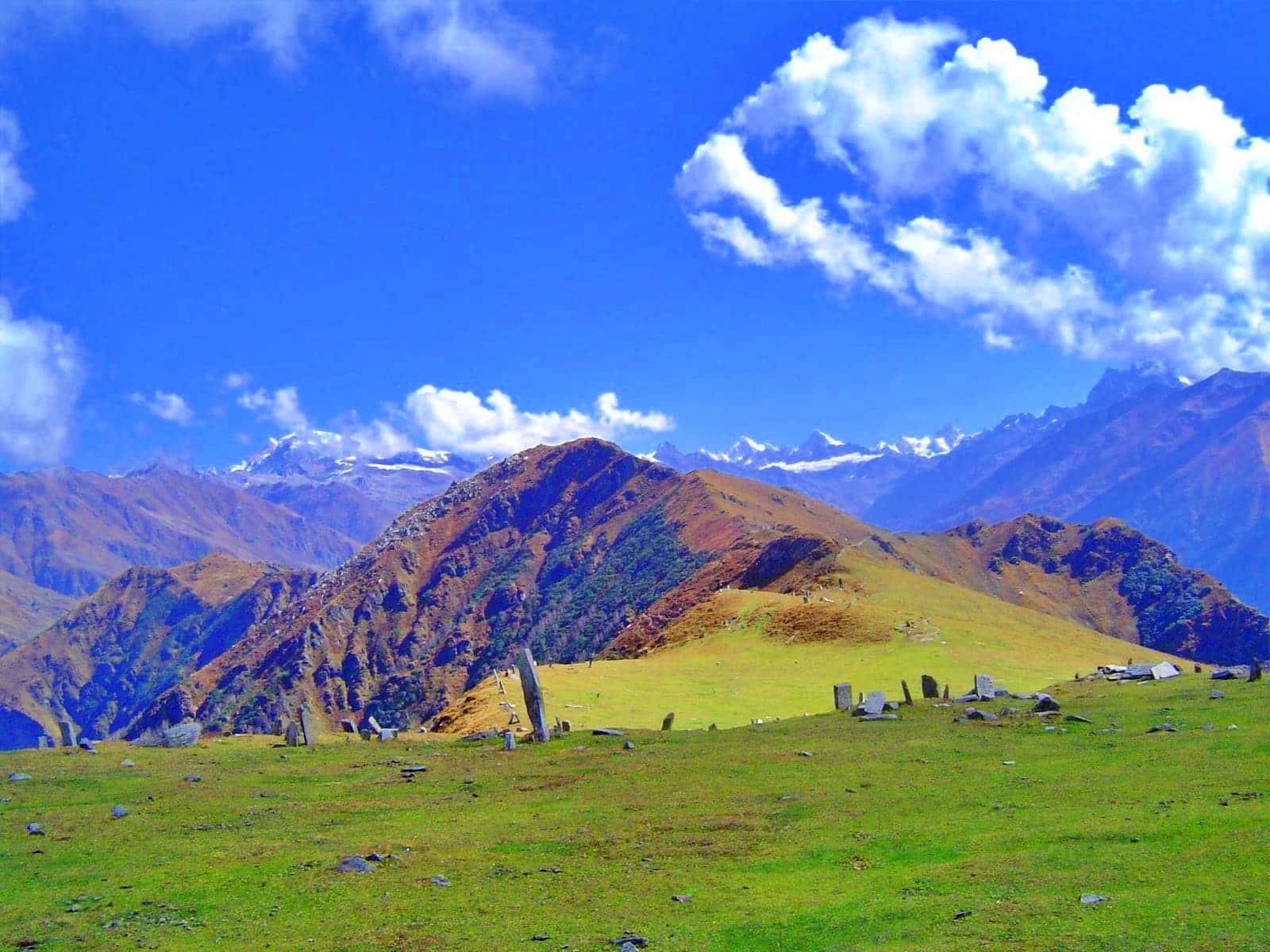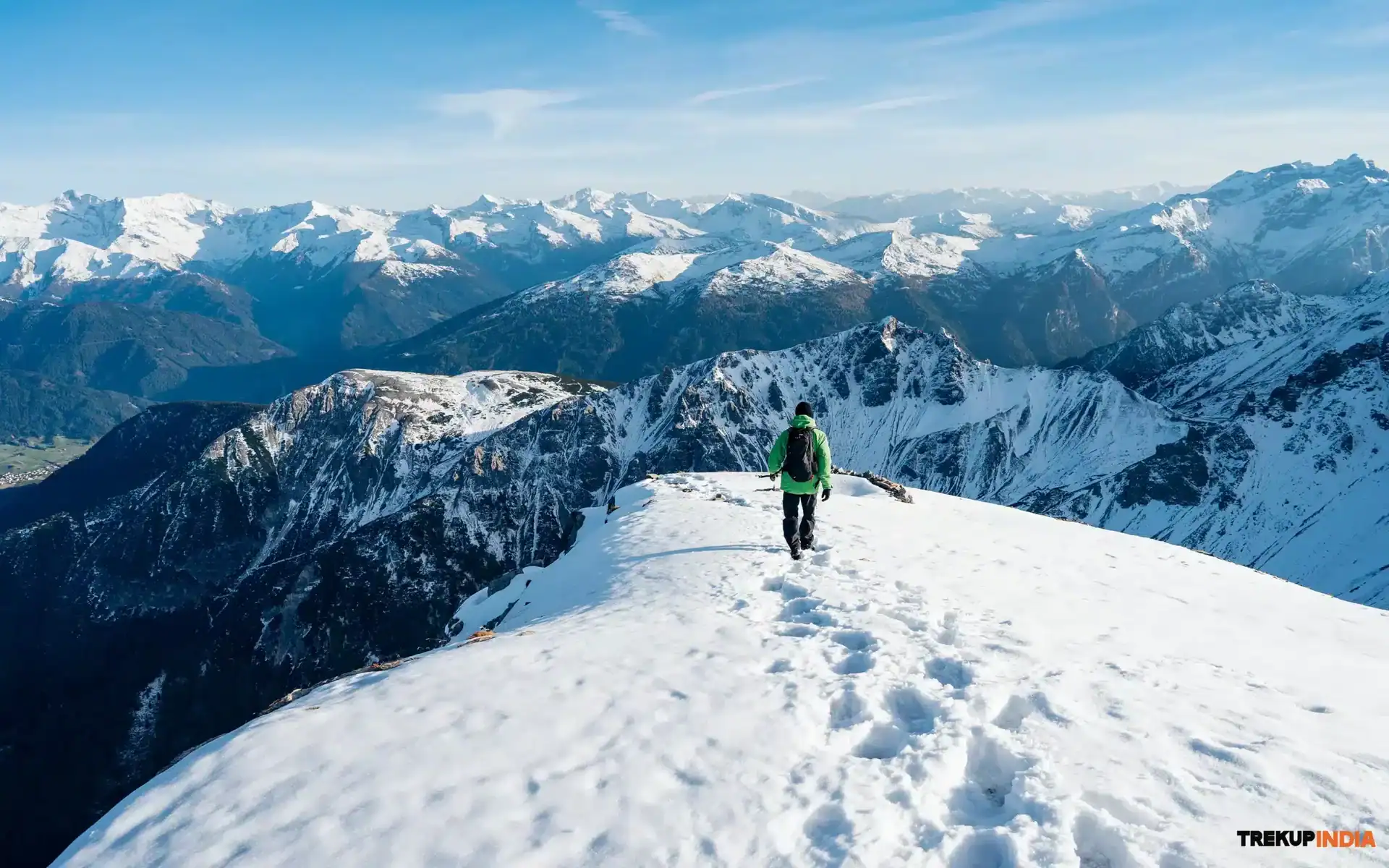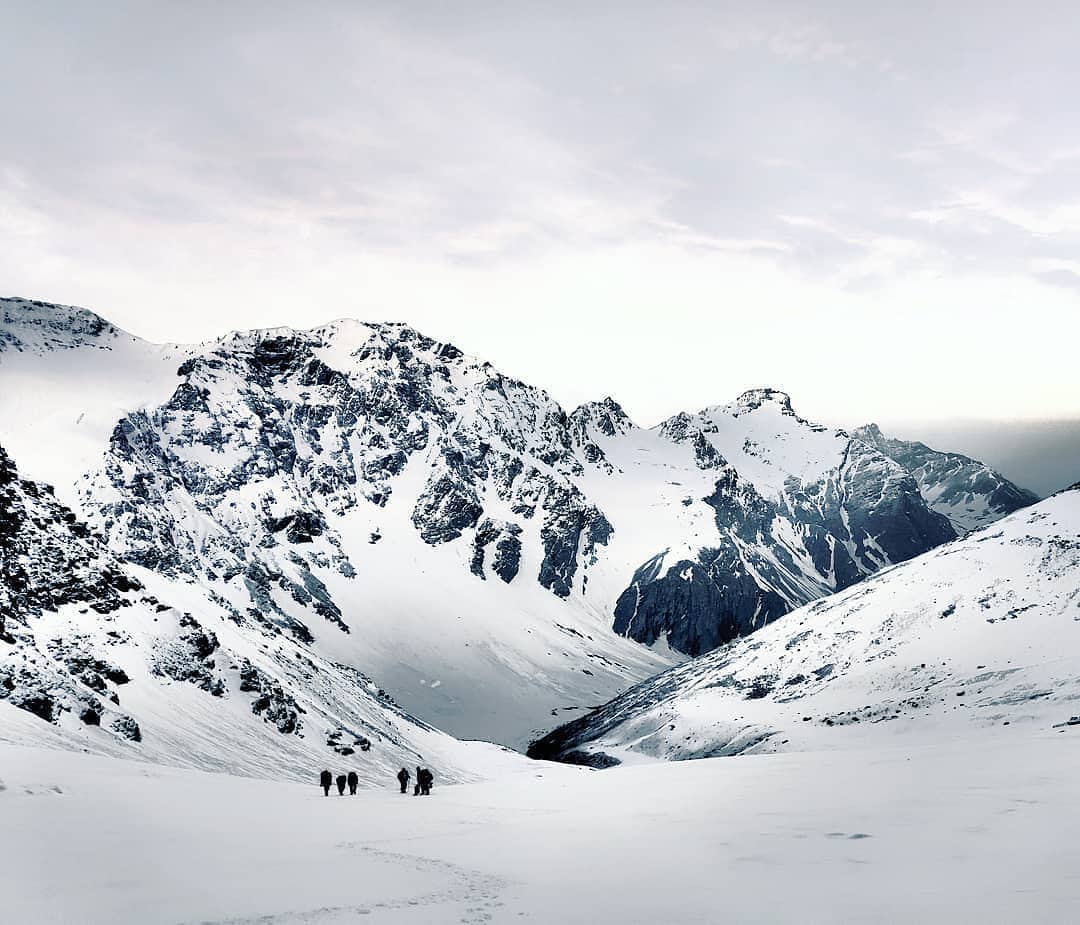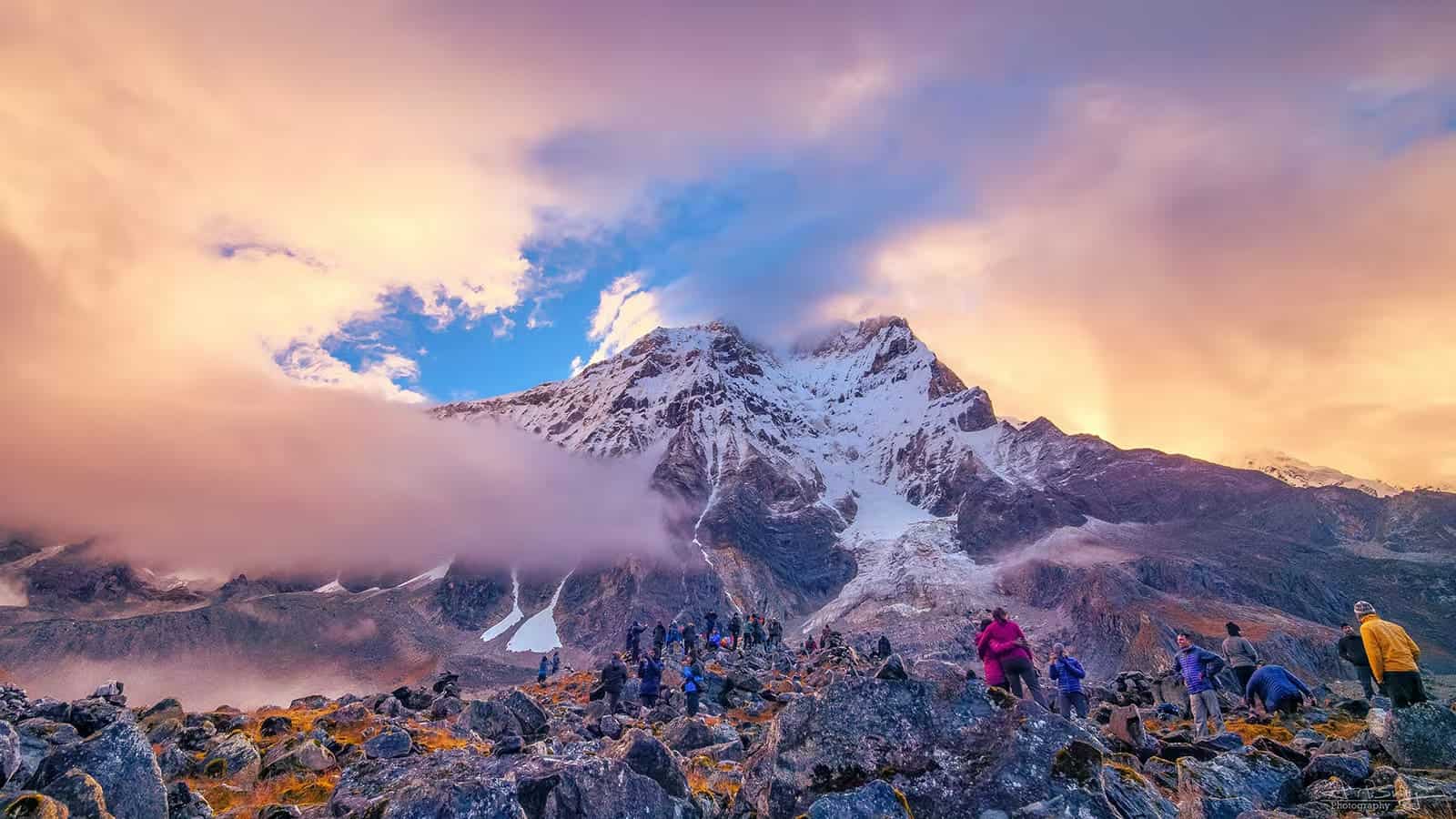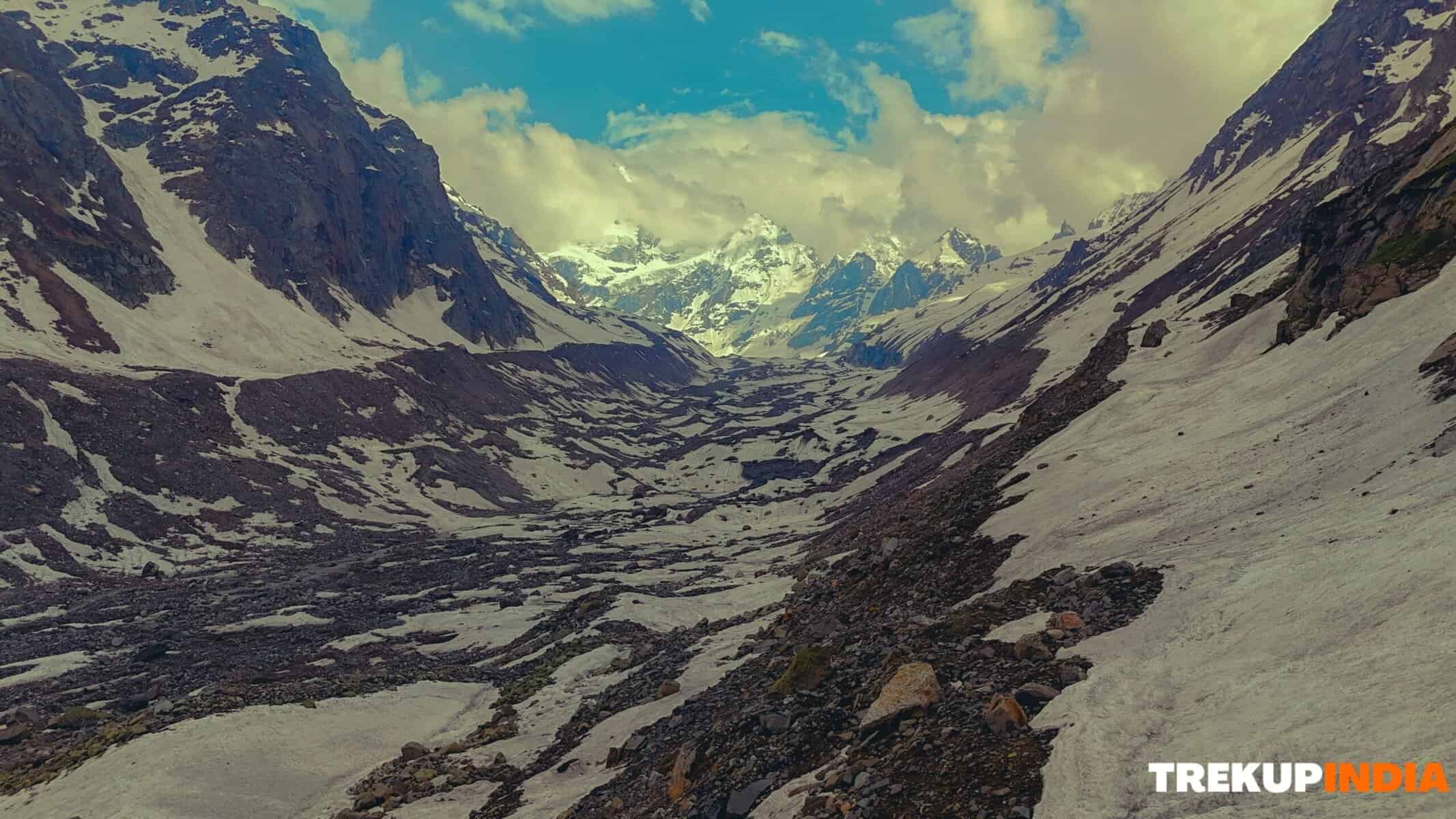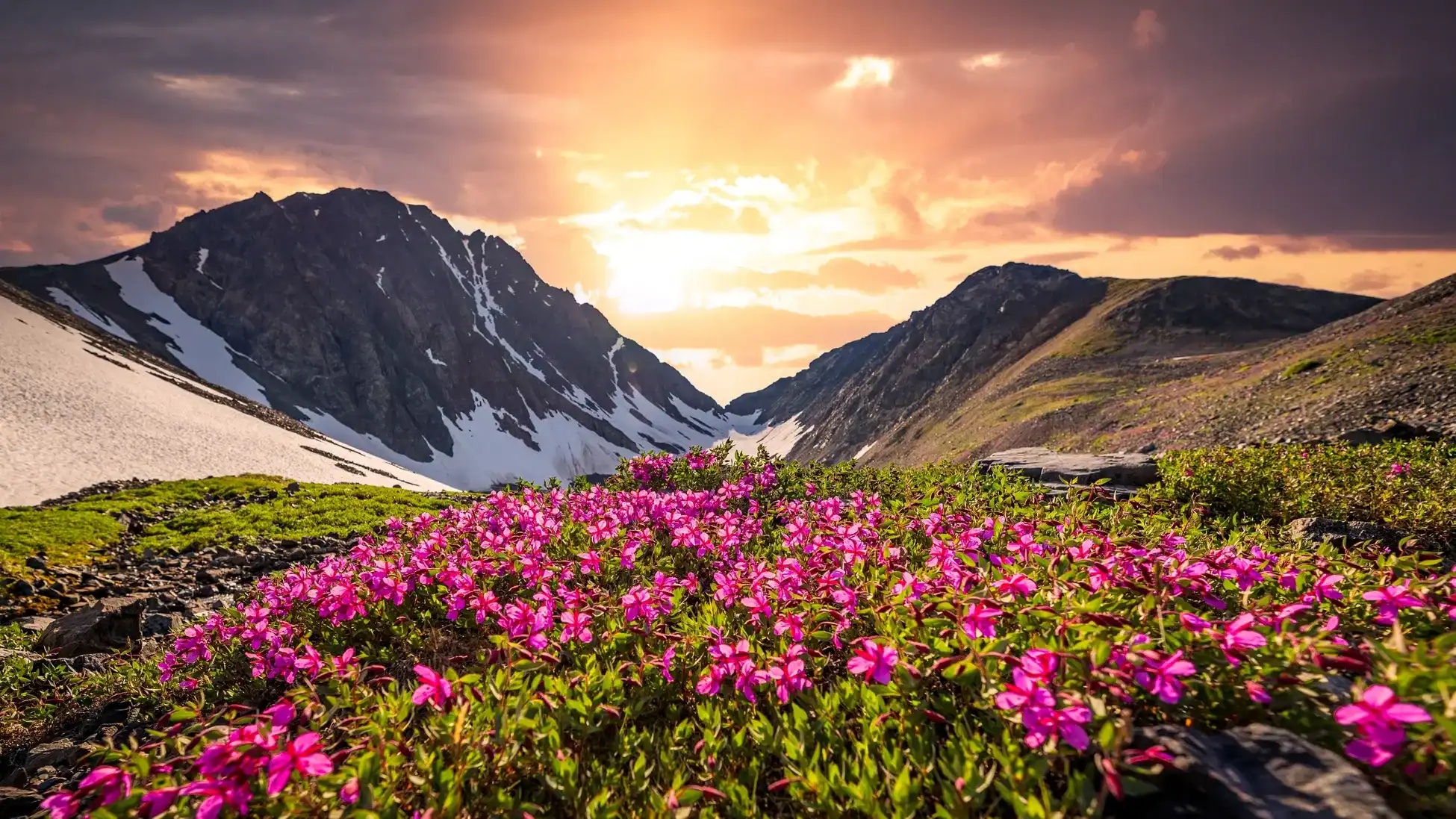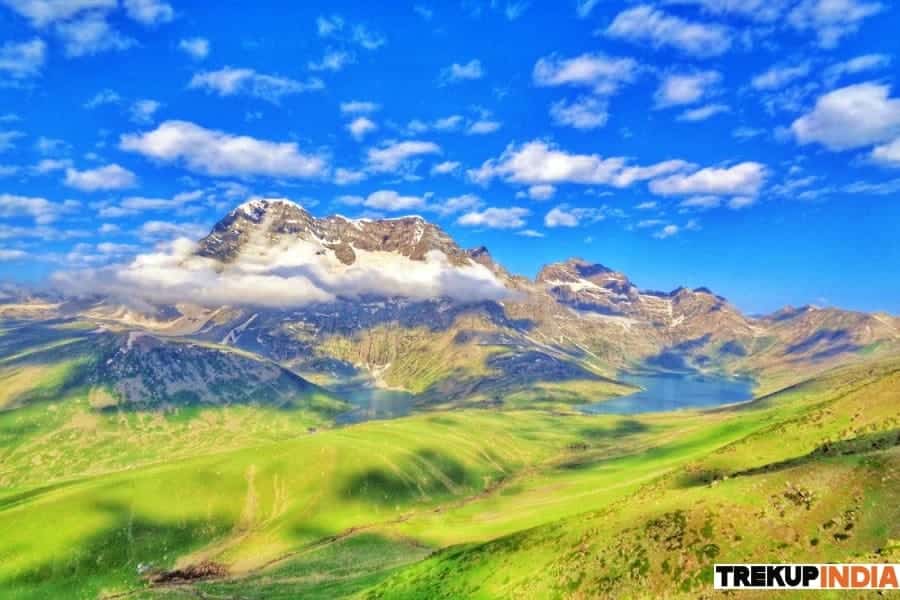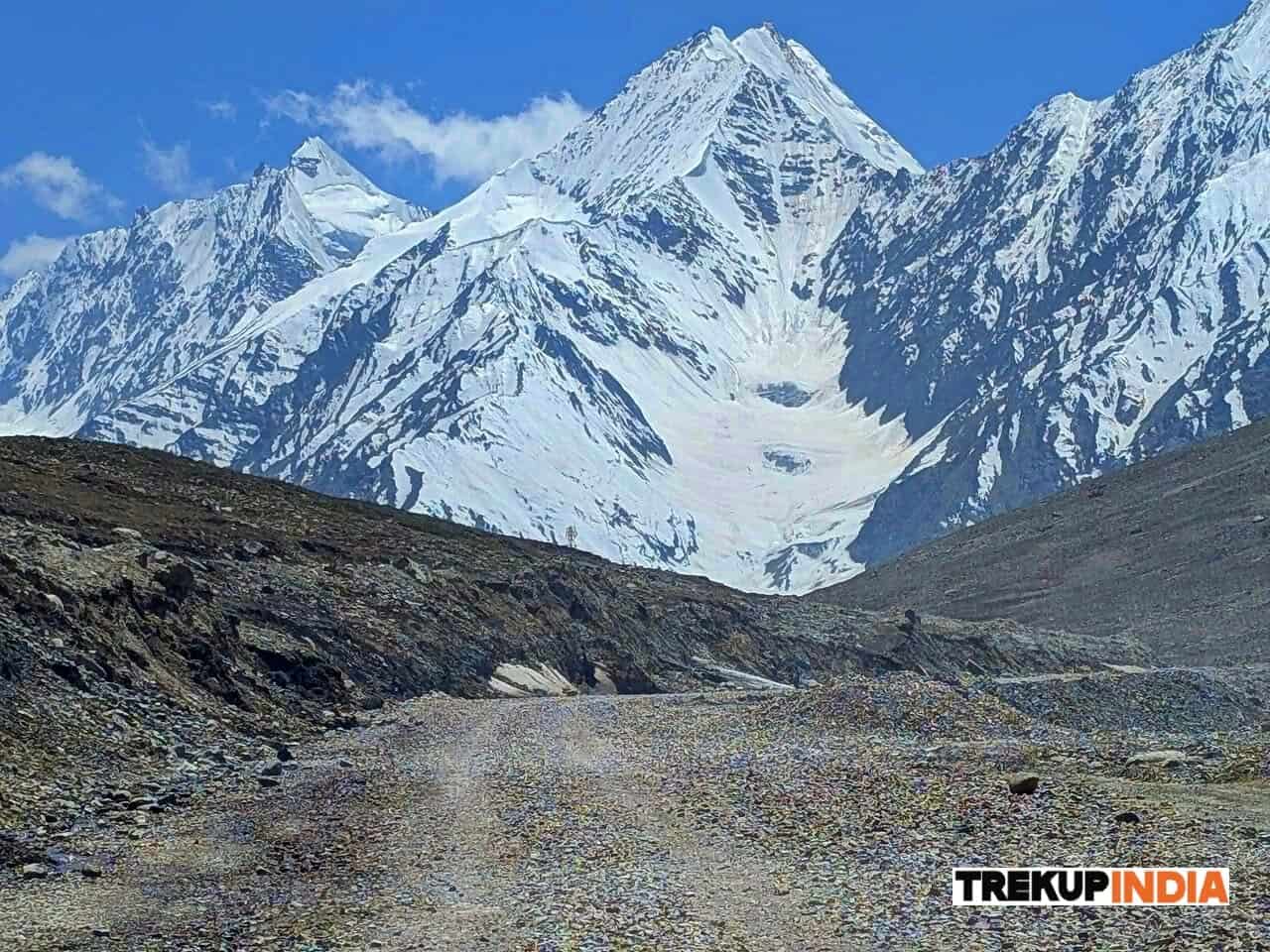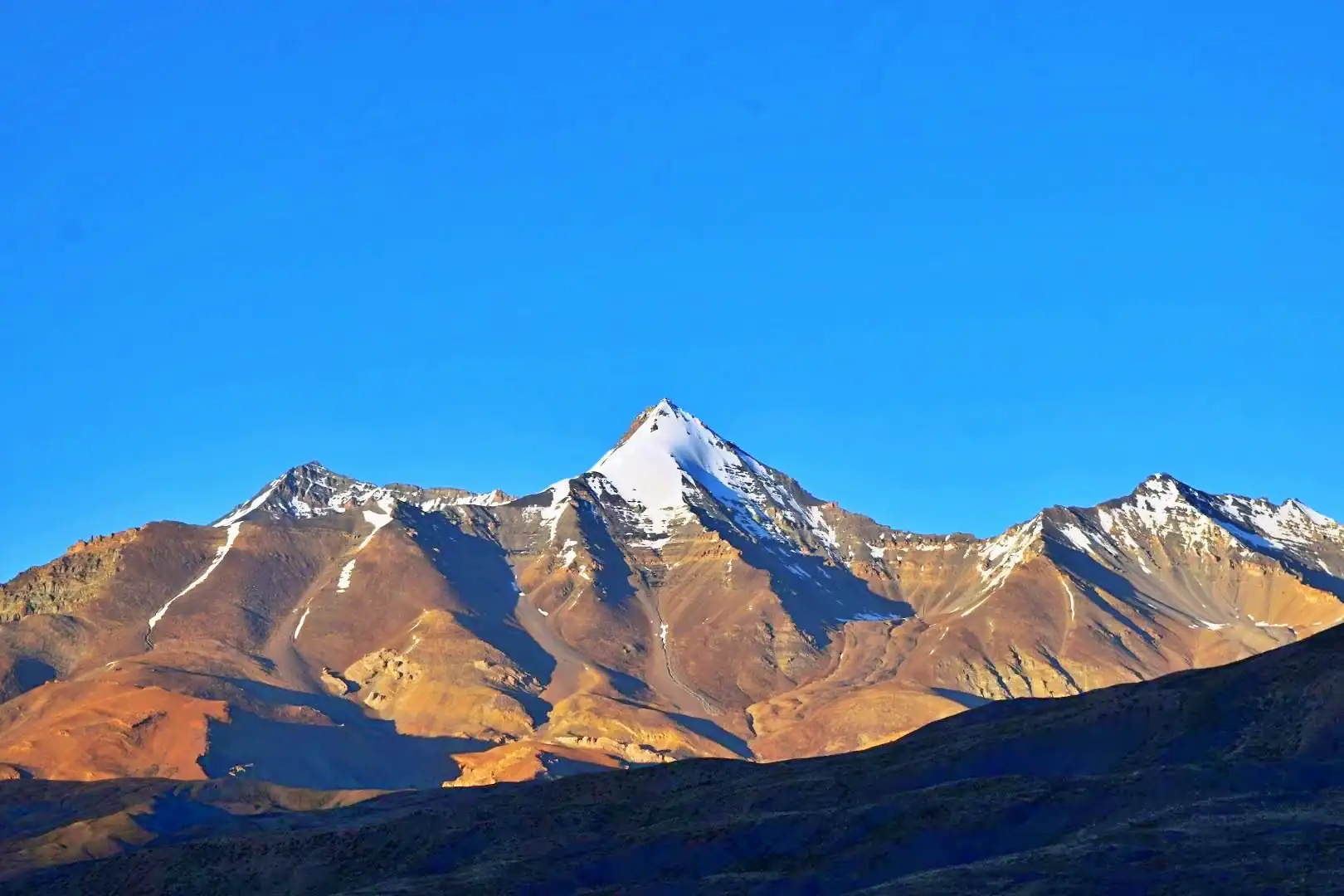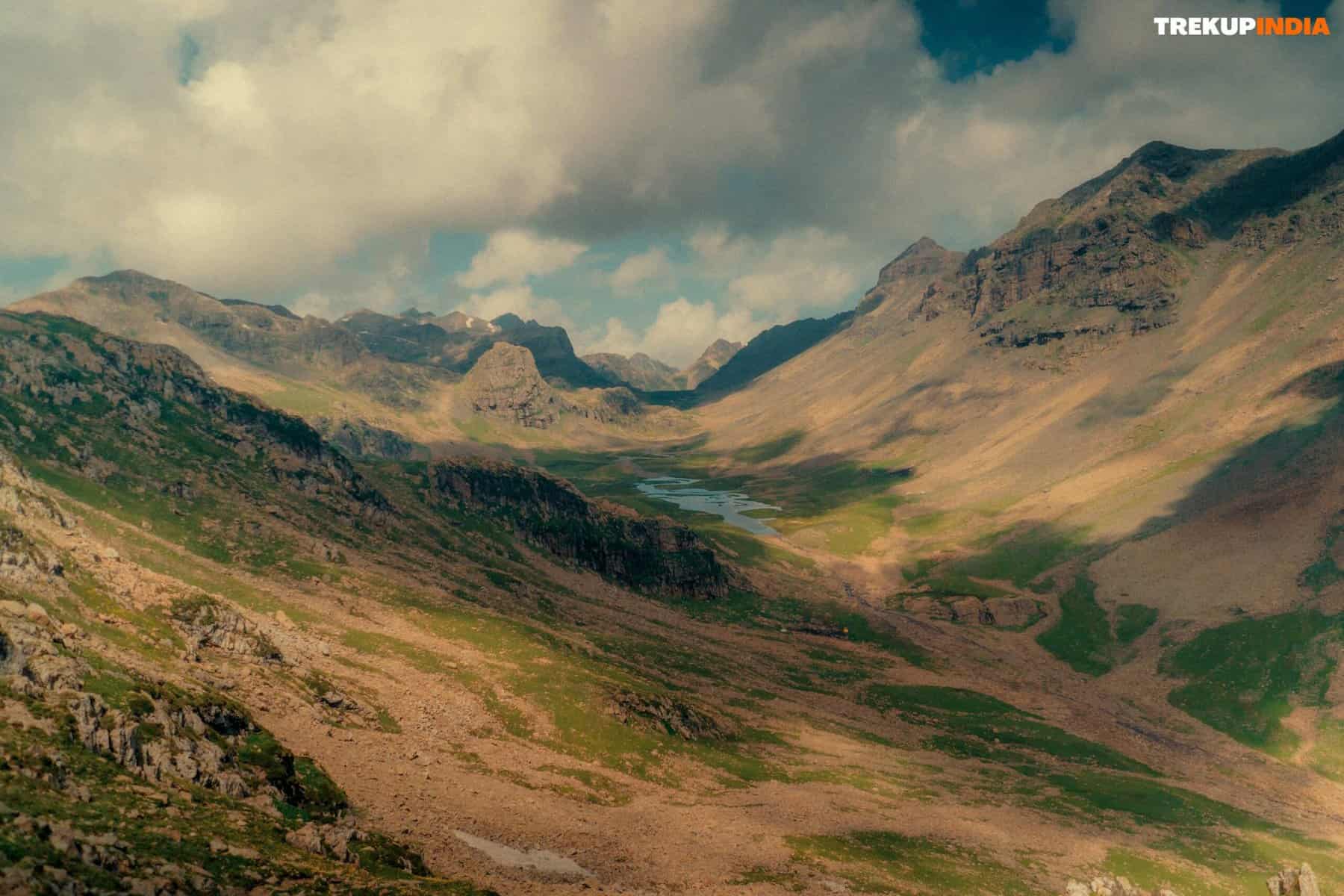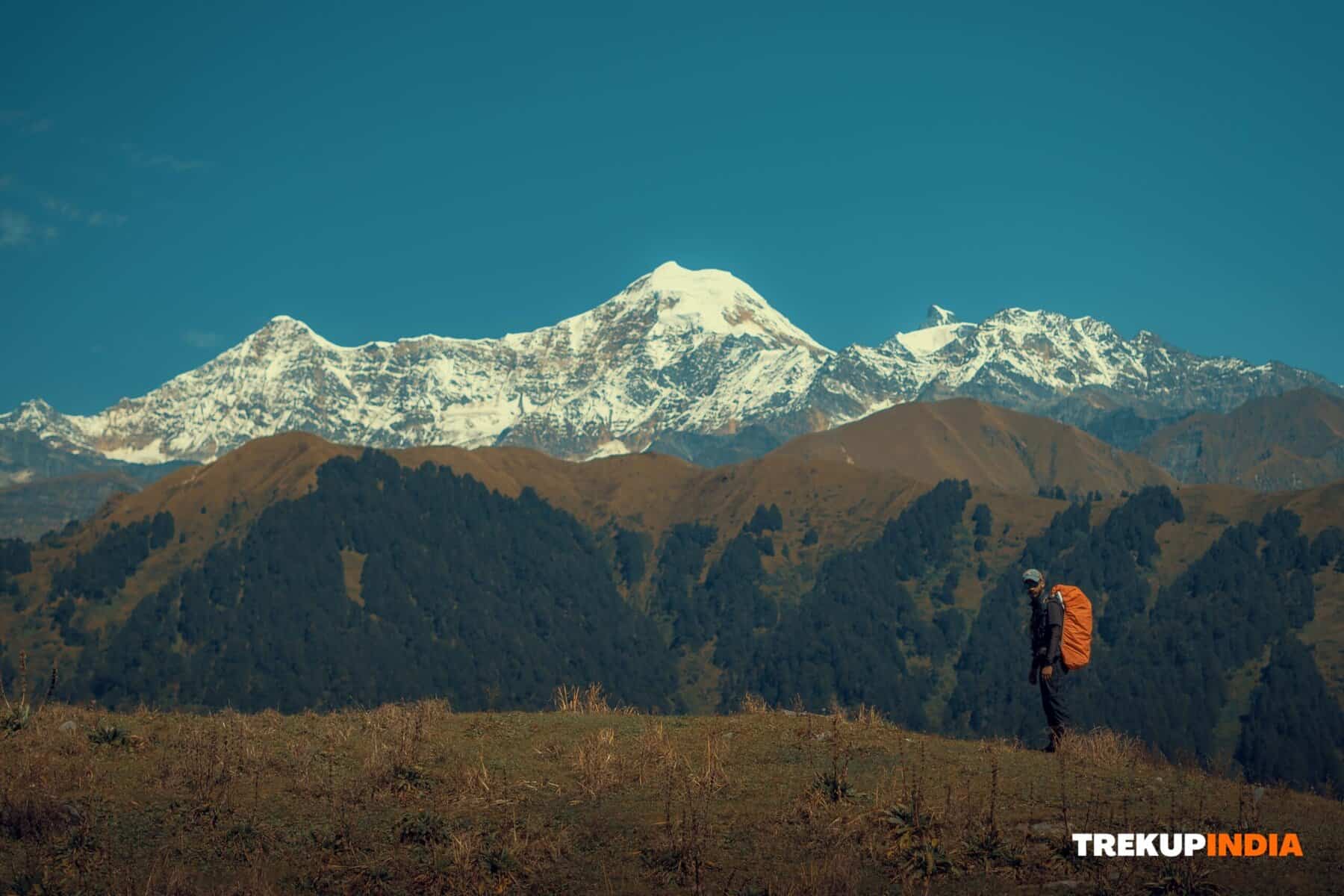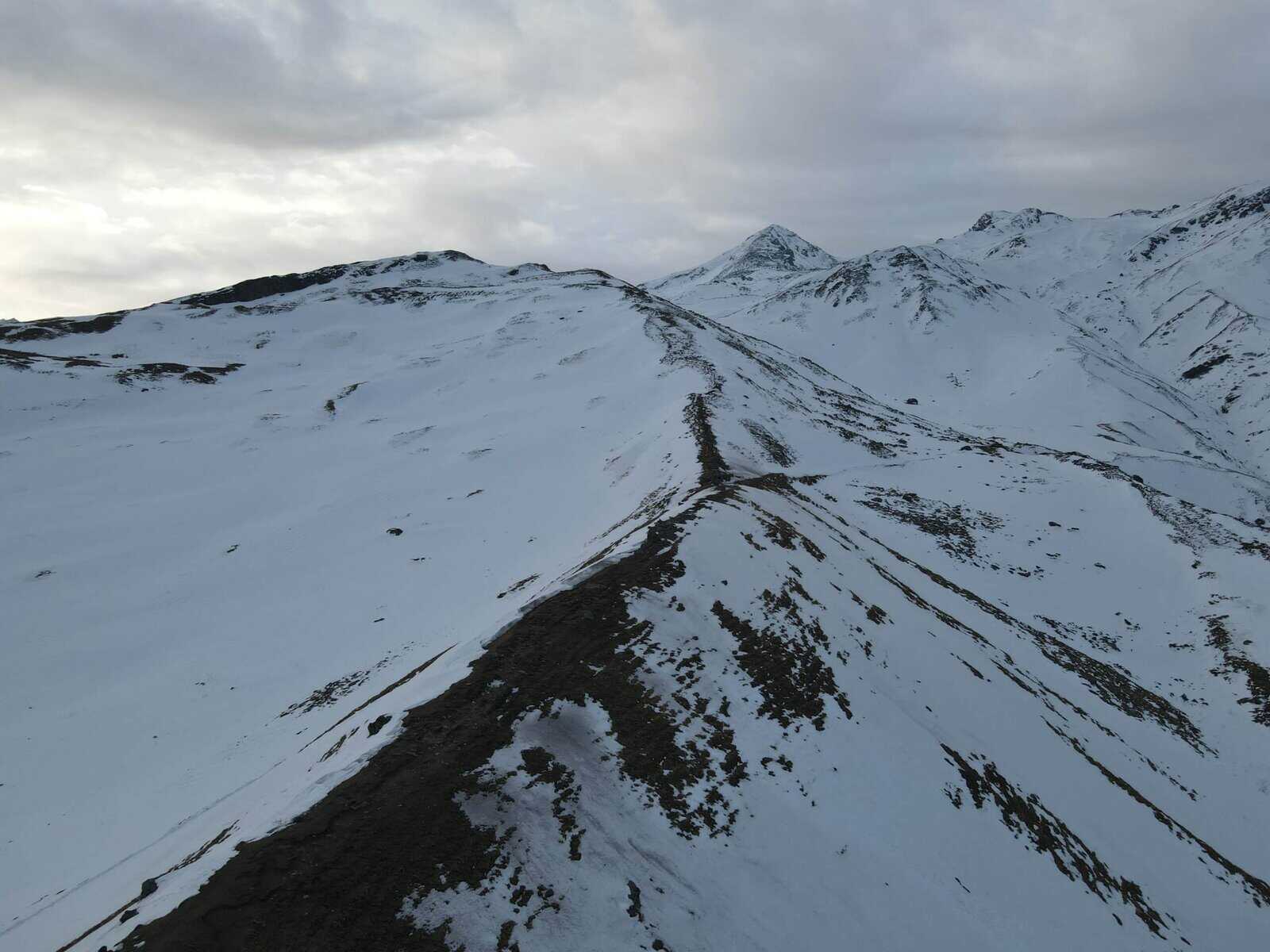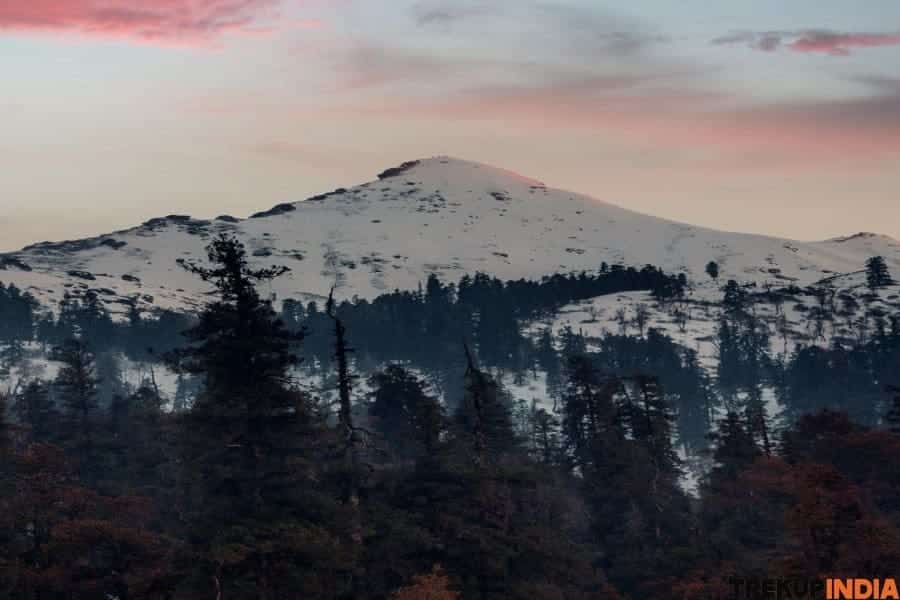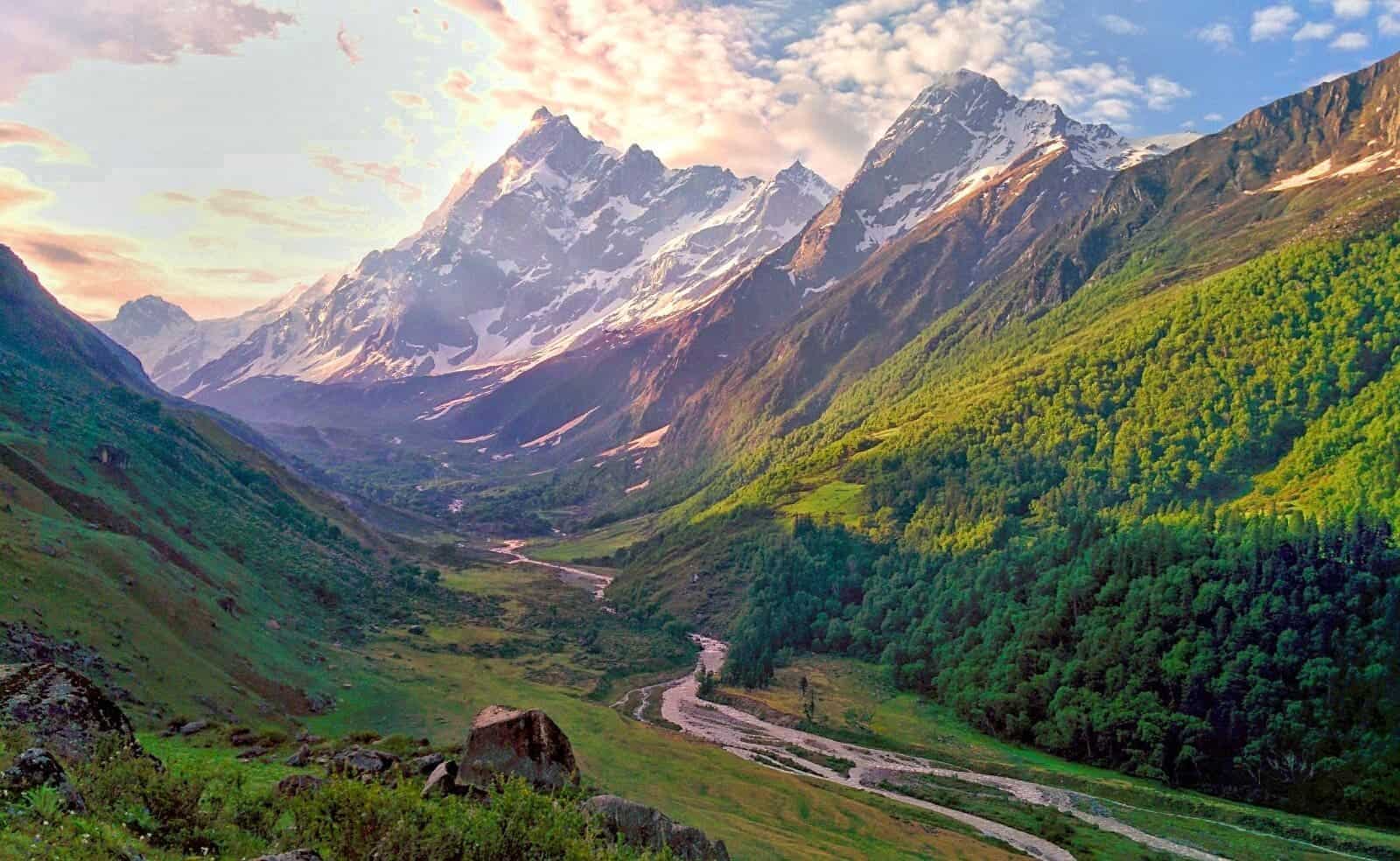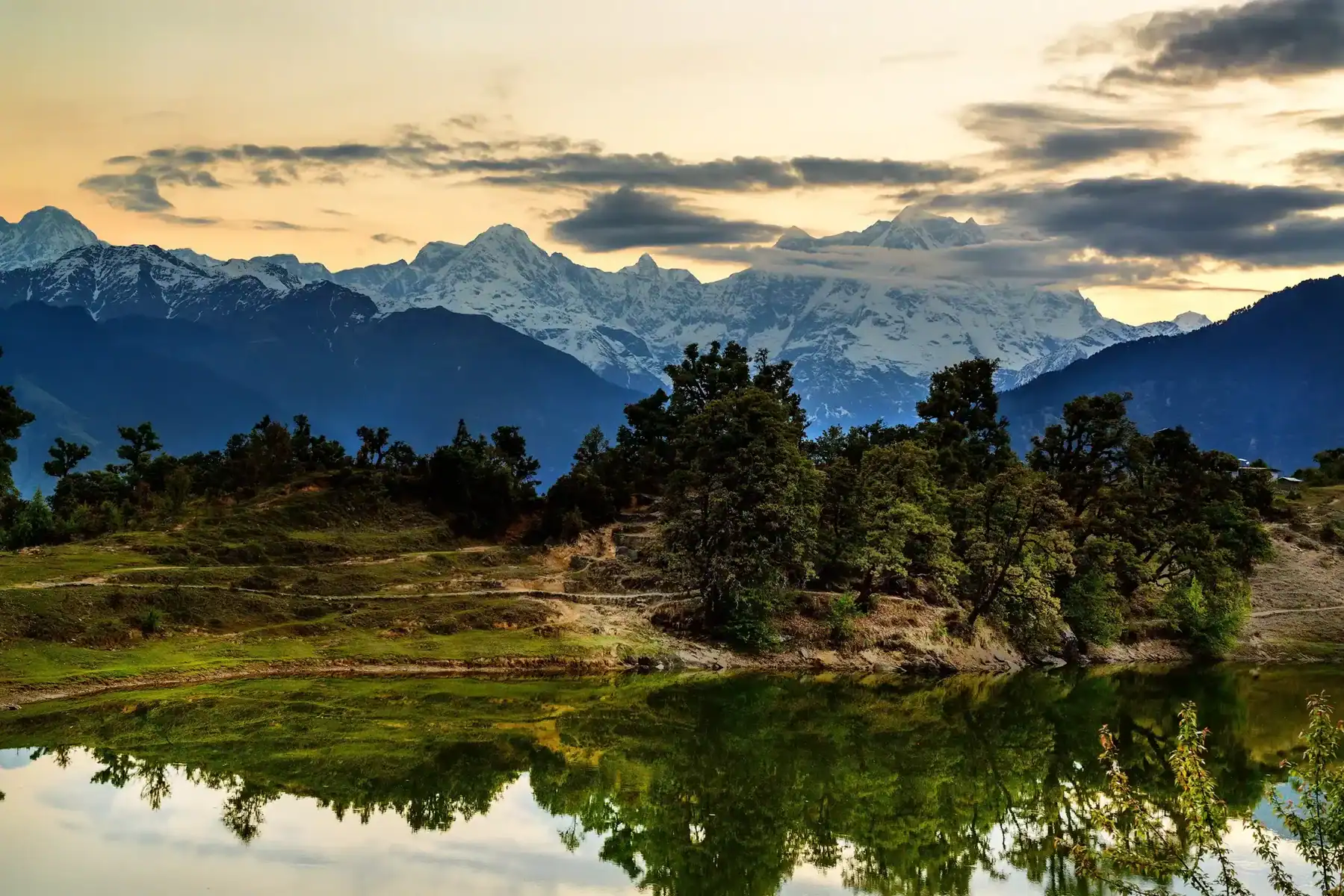How to Choose the Perfect Trekking Shoes for Your Adventure
An essential piece of equipment for any trekker, trekking boots are an integral component of their adventure. Spending most of their time walking, they need reliable shoes that ensure an enjoyable and productive journey – the right pair can even make or break an expedition, particularly during winter treks, which necessitate careful consideration when selecting footwear. Picking out trekking shoes that provide safe, comfortable, and enjoyable outdoor experiences is essential to having a safe, pleasant journey. Understand your terrain – light trekking shoes may work on flat trails, while supportive boots may provide additional ankle support in rugged environments or snow or wet conditions. Prioritize fit; ensure there is enough toe room, no heel slippage, and try them on with trekking socks before making a decision based on difficulty and backpack load. Finally, select between low, mid, or high-cut boots depending on which is most suited to provide appropriate ankle support during your trek. Material also matters: leather is long-lasting yet heavy, synthetic is lightweight and quick-drying, and waterproof linings such as Gore-Tex are great in wet climates. Finally, pay attention to your sole and grip – deep lugs or stiff soles provide additional traction and stability, and breaking in shoes before your trek can prevent blisters and discomfort.
Are You Unsure How to Select Trekking Shoes? This beginner's Guide Will Help Make the Process Smooth.
Acknowledging the terrain, length of journey, and weight of gear that will accompany your next expedition is key to its success. Are you planning a single-day trek with minimal load or an ambitious multi-day trek carrying heavy backpacks? Maybe even an intensive mountain climb awaits?
Your footwear must be designed to withstand both the terrain and additional gear you are carrying when trekking, which requires you to select boots that can stand up to these pressures. With many types of trekking boots available today, selecting boots that can meet these demands is important; always consider your specific trekking conditions when making this decision.
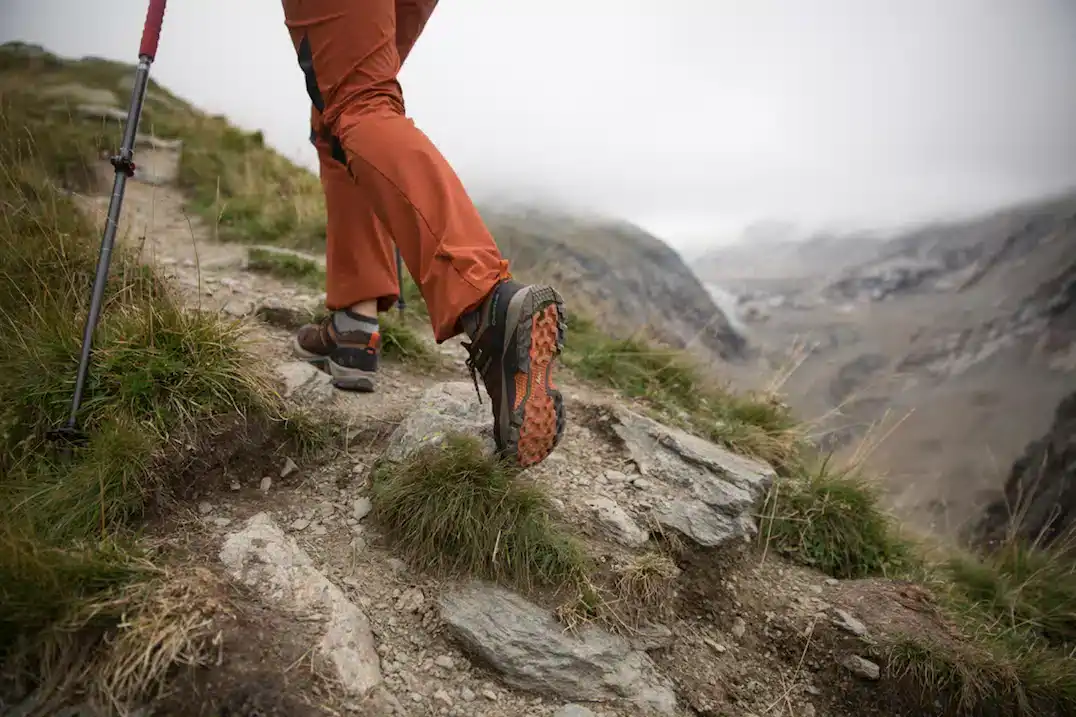
Trekking shoes typically feature low-profile designs with flexible rubber outsoles to provide a lightweight yet minimalist approach to ankle support. Starting a single-day trek? Consider exploring gentle and well-maintained routes such as Chopta Chandrahsila or Triund for optimal comfort. Lightweight backpacks from Woodland or Wild offer comfort on these routes, while premium brands such as Columbia may provide more advanced features at a premium cost. Trekking shoes are taller versions of trekking footwear designed with water-resistant construction and mid-rise ankle support for added stability and protection while traversing harsh landscapes. For those new to trekking trips or who only venture out occasionally, this category of gear may be ideal. Perfect for multi-day treks like Kedarkantha, Har ki dun trek, with its moderate weight backpack, this category covers most treks in the Himalayas from top brands like Wildcraft, Himgear, and Quechua at prices ranging between INR 3500-6500; premium brands such as Columbia may require higher price tags.
Mountaineering Trekking Boots
Mountaineering boots are rugged and strong, designed to withstand tough environments and unforgiving landscapes. Their tall, reinforced ankle collar provides additional support and protection on demanding climbs, while an extra insulating layer keeps feet warm in extreme cold-weather environments, like snowy terrain. Shouldering heavy loads, embarking on extended and rugged treks like Friendship Peak Expedition or Gangotri III, and traversing snowy and winter conditions is no simple task, requiring experienced trekkers with adequate footwear for every condition and terrain to tackle it successfully. Boots designed specifically for these purposes, such as Stok Kangri or Friendship Peak, might be essential, yet rental may also make these boots attractive options for occasional adventurers.
Trekking Shoes consist of Three Main Parts: Upper, Midsole, and Outsole.
The top section of a shoe plays an integral part in its overall weight, longevity and water-resistance. Furthermore, its material must provide ample airflow to keep your feet cool and dry – usually one of two primary materials: genuine leather or synthetic alternatives.
Leather footwear is an ideal solution for long-lasting wear, protecting feet from injury and providing comfort. The type of leather used greatly influences its look and ability to repel water; full-grain, pigskin, and split are among your many choices available to you.
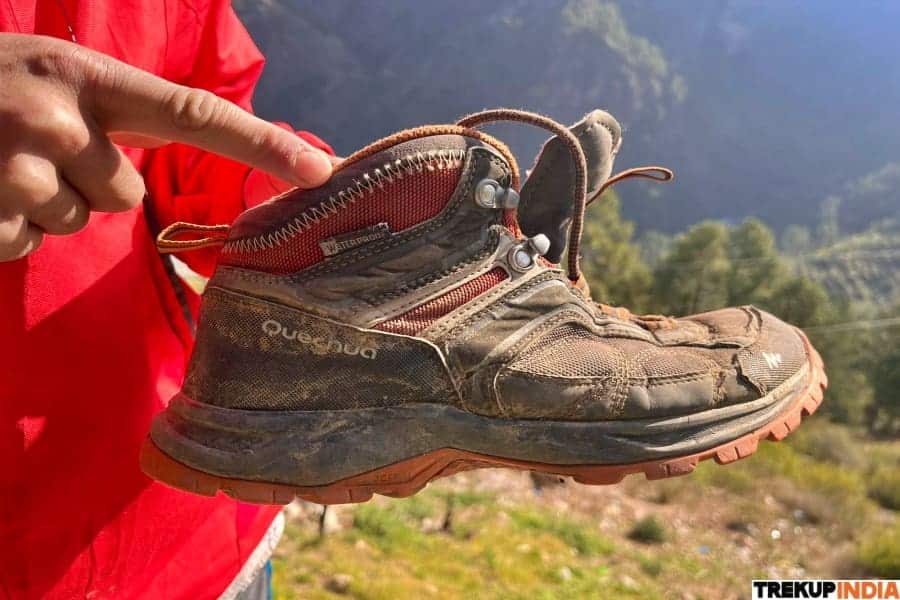
A shoe’s sole is at the core of its comfort and support, providing essential rigidity for your feet to enjoy an ideal ride. A well-designed sole should offer a balance between flexibility and durability while protecting from rough or rocky surfaces with shock absorption properties. Tread design on the soles of shoes plays an essential part in providing adequate traction when trekking through mountains, helping you navigate varying terrains such as dirt trails and uneven ground more comfortably. A deeper and thicker tread pattern offers increased grip and stability for your feet. A heel brake, more commonly referred to as the “heel brake”, helps reduce your risk of slipperiness during sharp downhill inclines. Also, be sure to look out for shoes that boast water-resistance, as dry feet provide greater comfort. Make sure your footwear has an extra coat of resin on its exterior to repel water when encountering wet conditions like crossing streams or stepping through puddles, while remaining breathable to prevent unpleasant Odors from forming in your feet and earning you the nickname ‘Stinky Feet’ among campmates. As snowy terrain can be treacherous, wearing boots that accommodate crampons and mid-spikes is critical for ensuring your safety. When choosing your pair of boots, make sure they fit well; tight boots may lead to painful blisters, while well-fitted ones provide greater comfort. As your shoes will be with you throughout your trek, taking special care to avoid blisters, they must fit comfortably and securely. Please follow these guidelines for optimal performance! Understand Your Size: To ensure comfortable toe movement when tying them up, ensure your shoes allow enough room for them to breathe when tied around your foot. Choose appropriate socks, and to avoid blisters while trekking long distances, wear in new boots before taking on long treks – when shopping online, opt for brands you have tried on before.
About Author

Anoop Rawat (Admin TrekUp India)
Anoop has worked for 5 years as a Trek Leader with TrekUpIndia, leading numerous treks across the diverse and challenging terrains of Uttarakhand and Himachal Pradesh. He holds a degree in Geology with a specialization in Geographic Information Systems (GIS) from UPES Dehradun. During his academic years, he actively applied his classroom knowledge in the field—most notably by contributing to a glacier research project on the Jundar Glacier in the Har Ki Dun Valley, Uttarakhand. Write Anoop at anoop@trekupindia.com
Share this article
Dates For Upcoming Treks
Want To Trek Like Pro?
Basically, watch these videos if you want to trek the same way professional trekkers do and make your skills better. These videos contain useful tips and techniques to further improve your trekking skills itself. These videos actually help both new and experienced trekkers improve their trekking skills. These videos definitely provide useful tips that make your trek better. We are seeing that these videos by Trekup India experts will only help you make your trekking skills better.
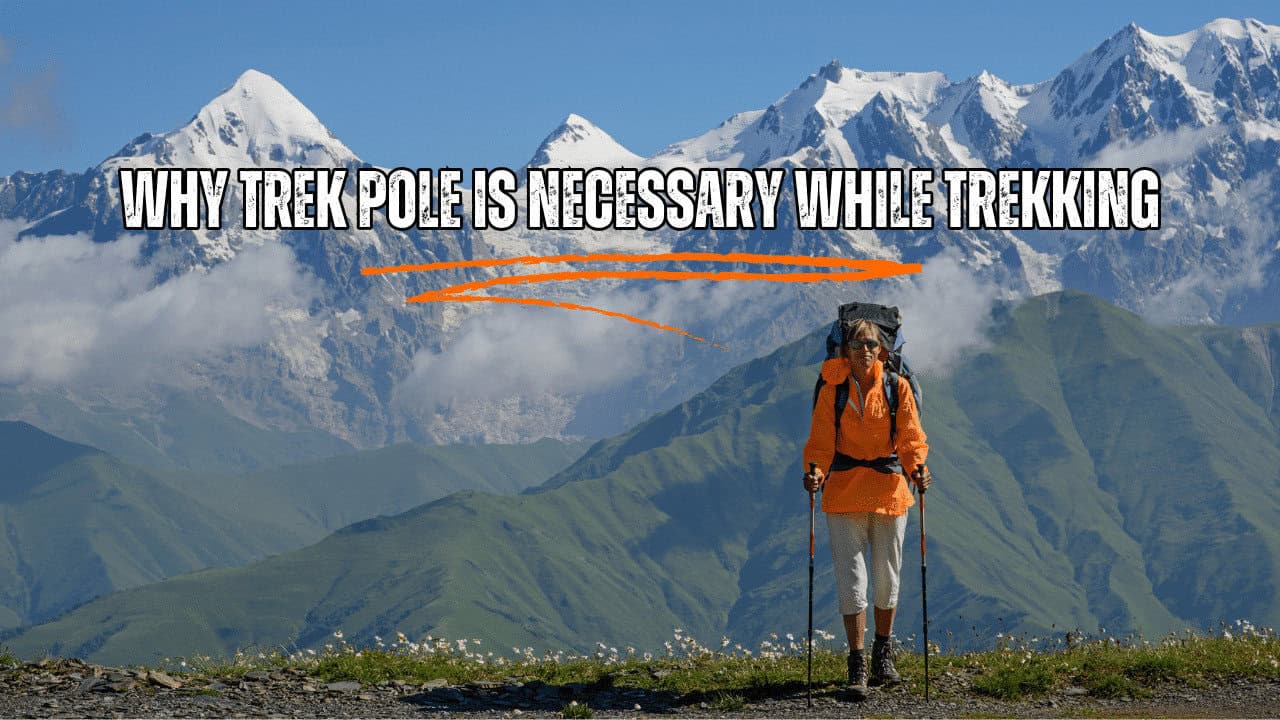
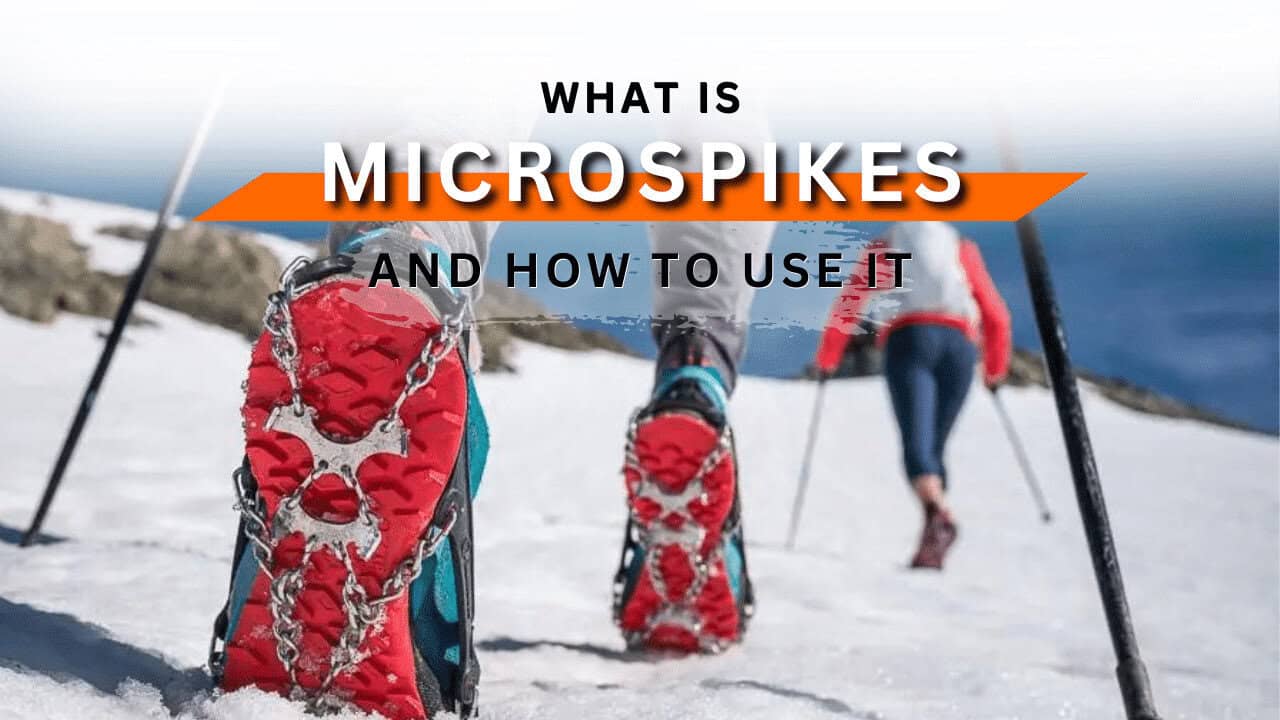
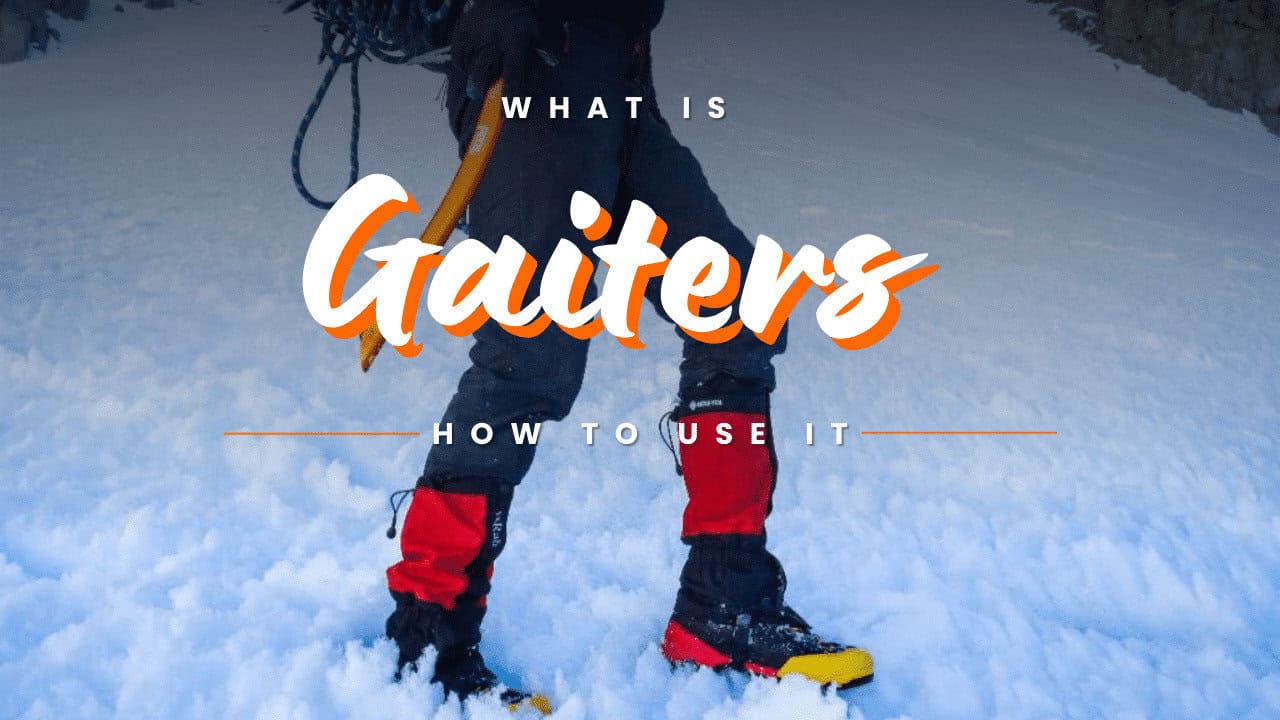
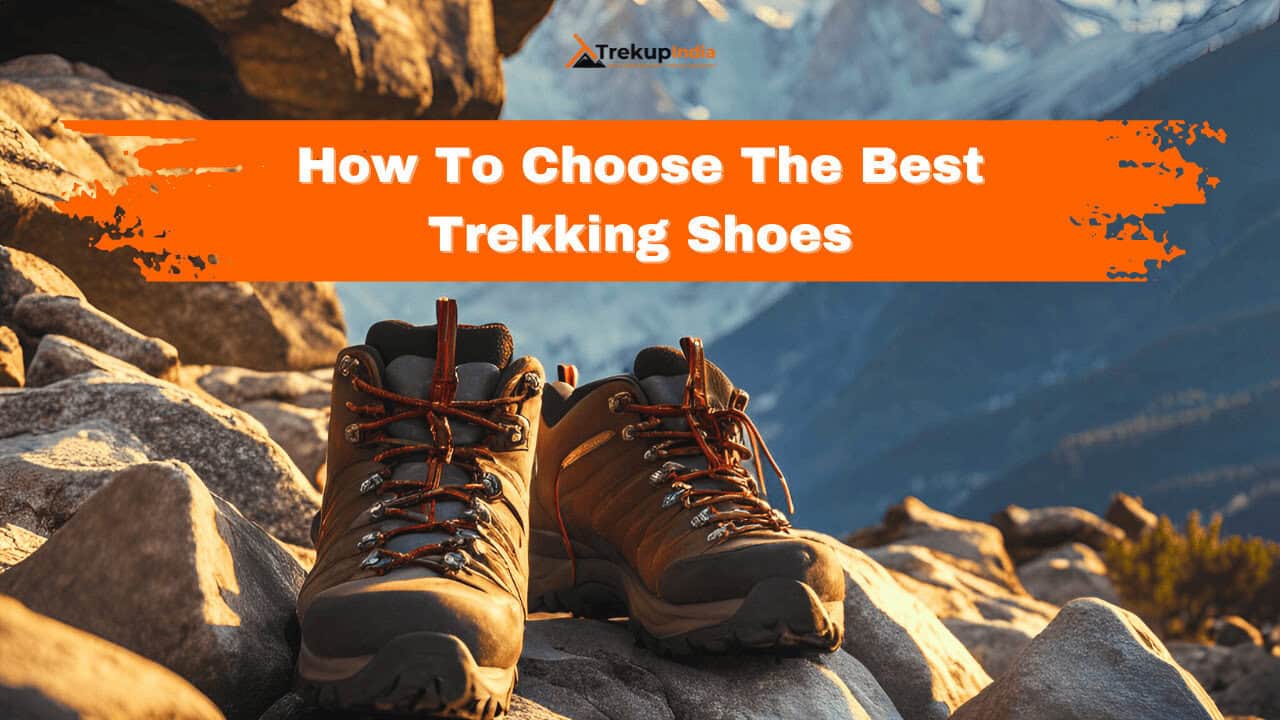
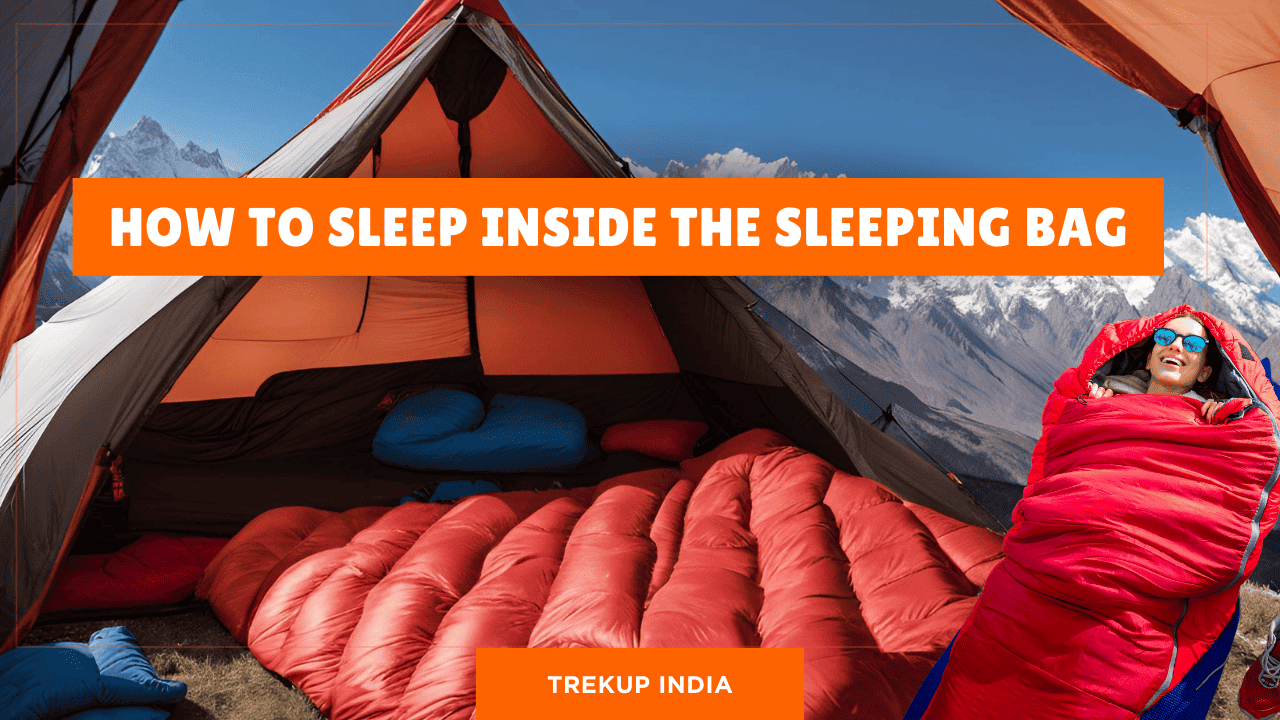
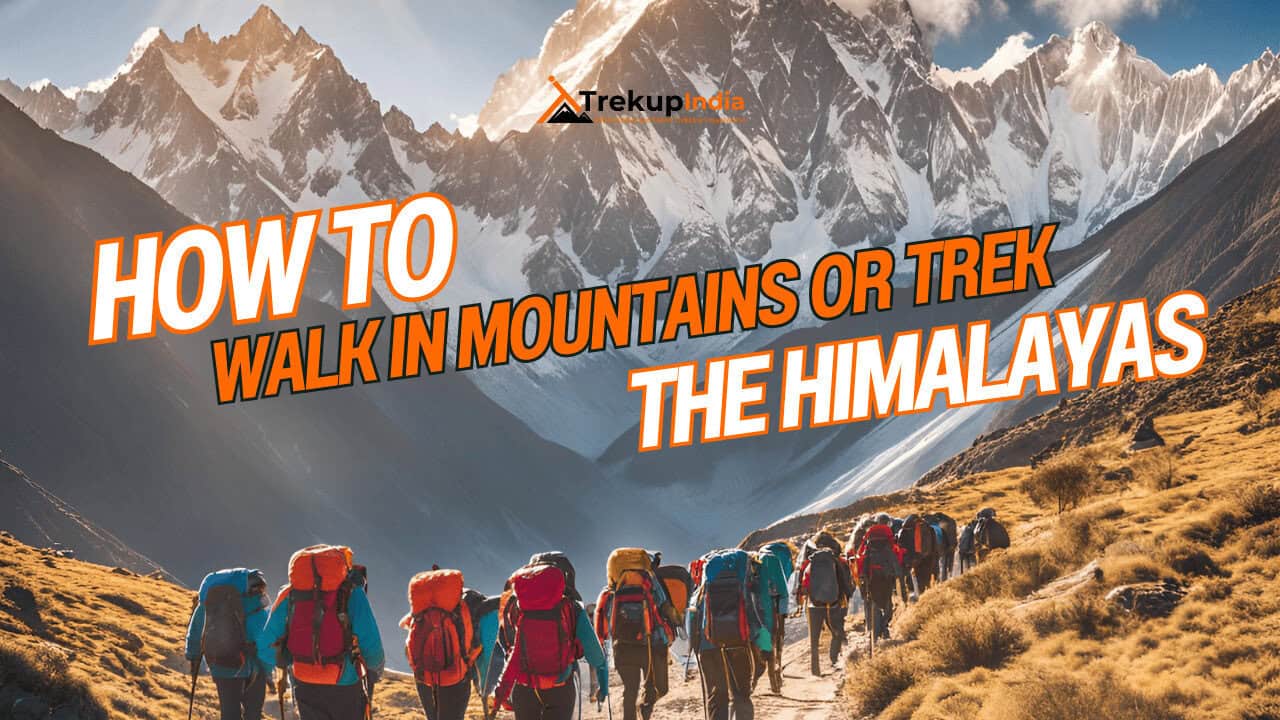
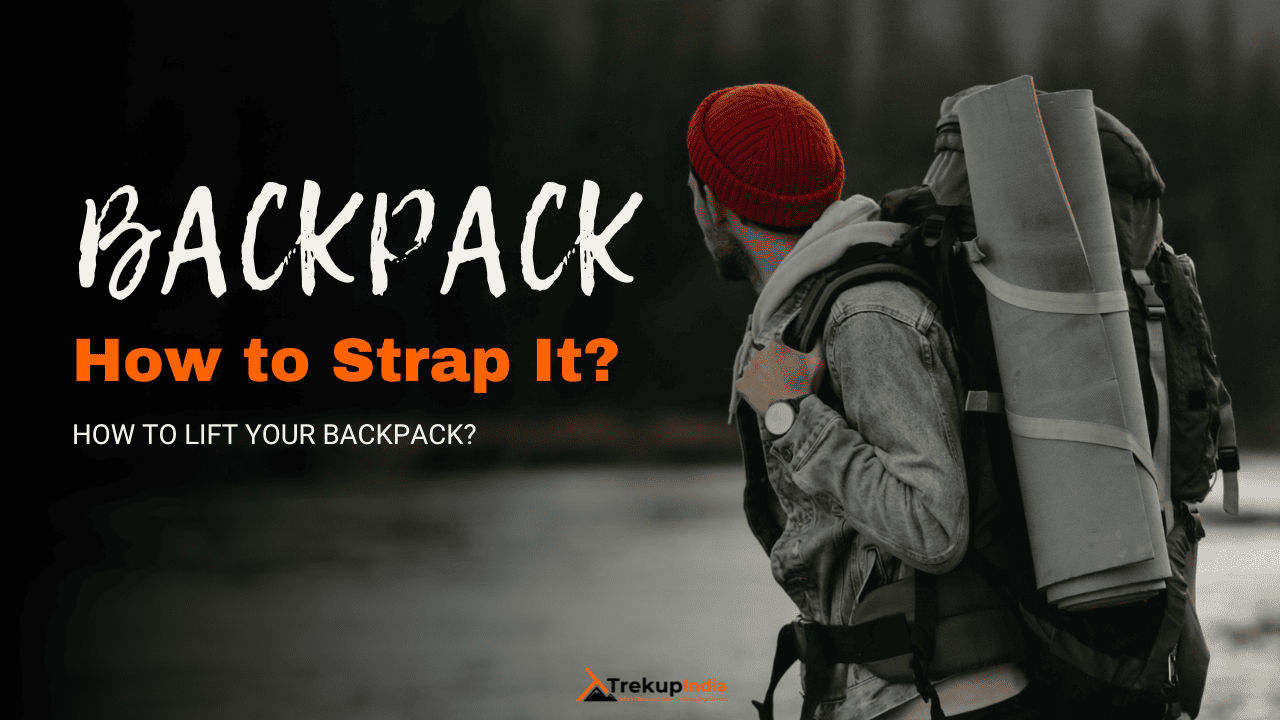
Know Everything About Acute Mountain Sickness
Acute Mountain Sickness occurs when people trek to high altitudes above 8,000 feet. This condition itself develops further due to reduced oxygen levels at such heights. Basically, as you go higher up, the air pressure and oxygen levels decrease, which causes the same problem. Acute Mountain Sickness surely causes headache, nausea, vomiting, and dizziness in affected persons. Moreover, peoples also experience difficulty in sleeping during this condition. To avoid mountain sickness, you should actually trek up slowly to higher altitudes. To learn further about this condition itself, watch the videos by Trekup India.
